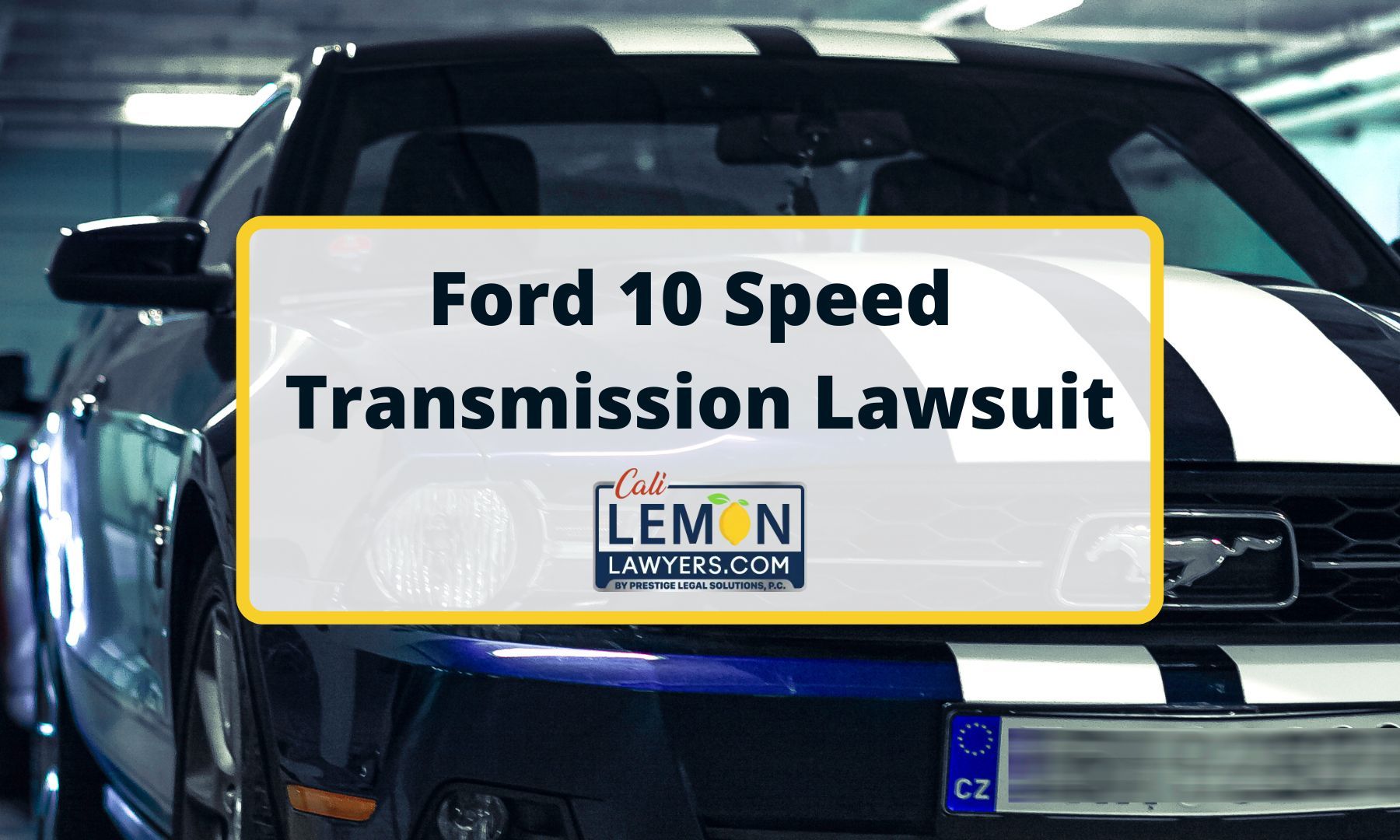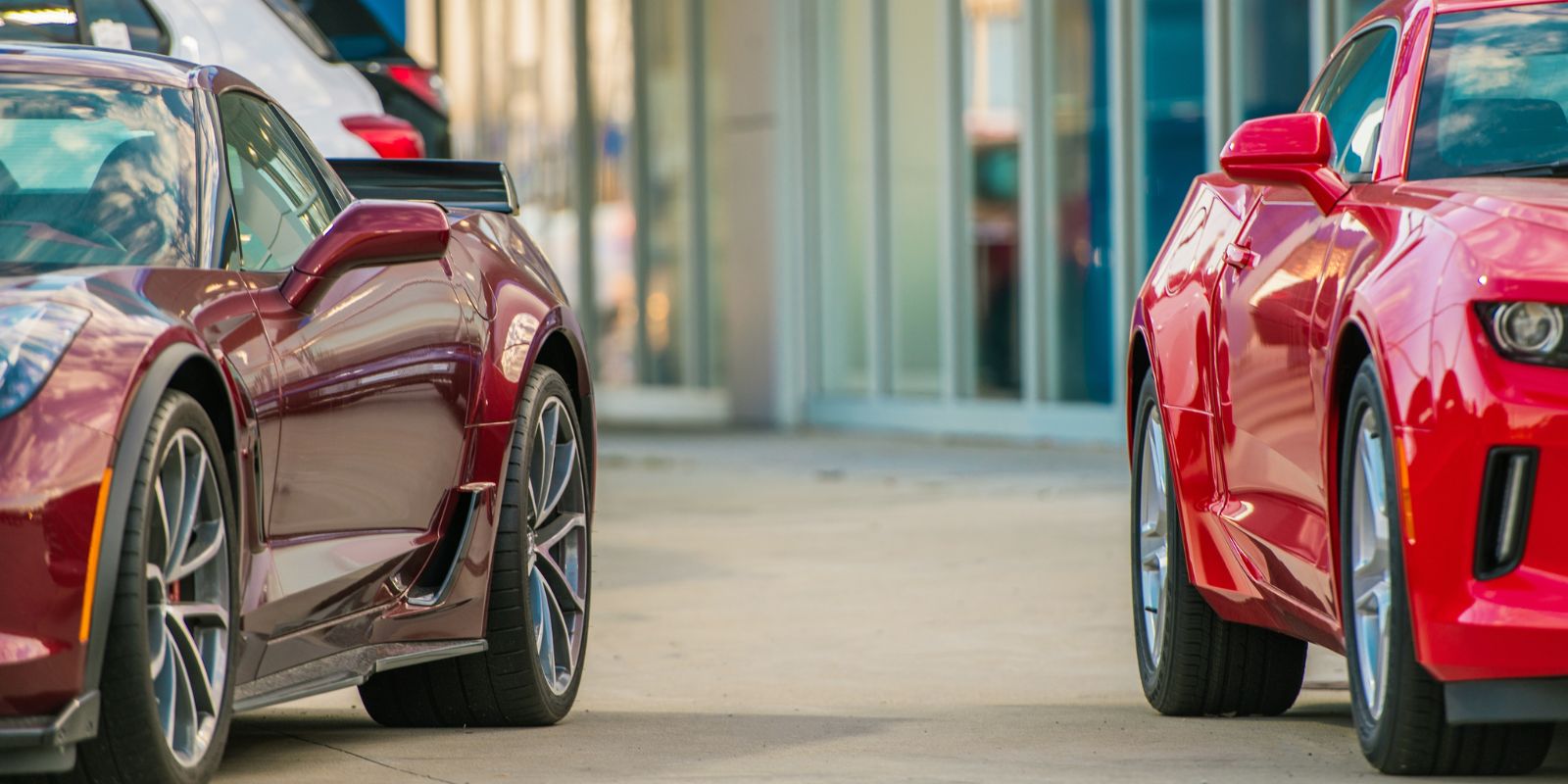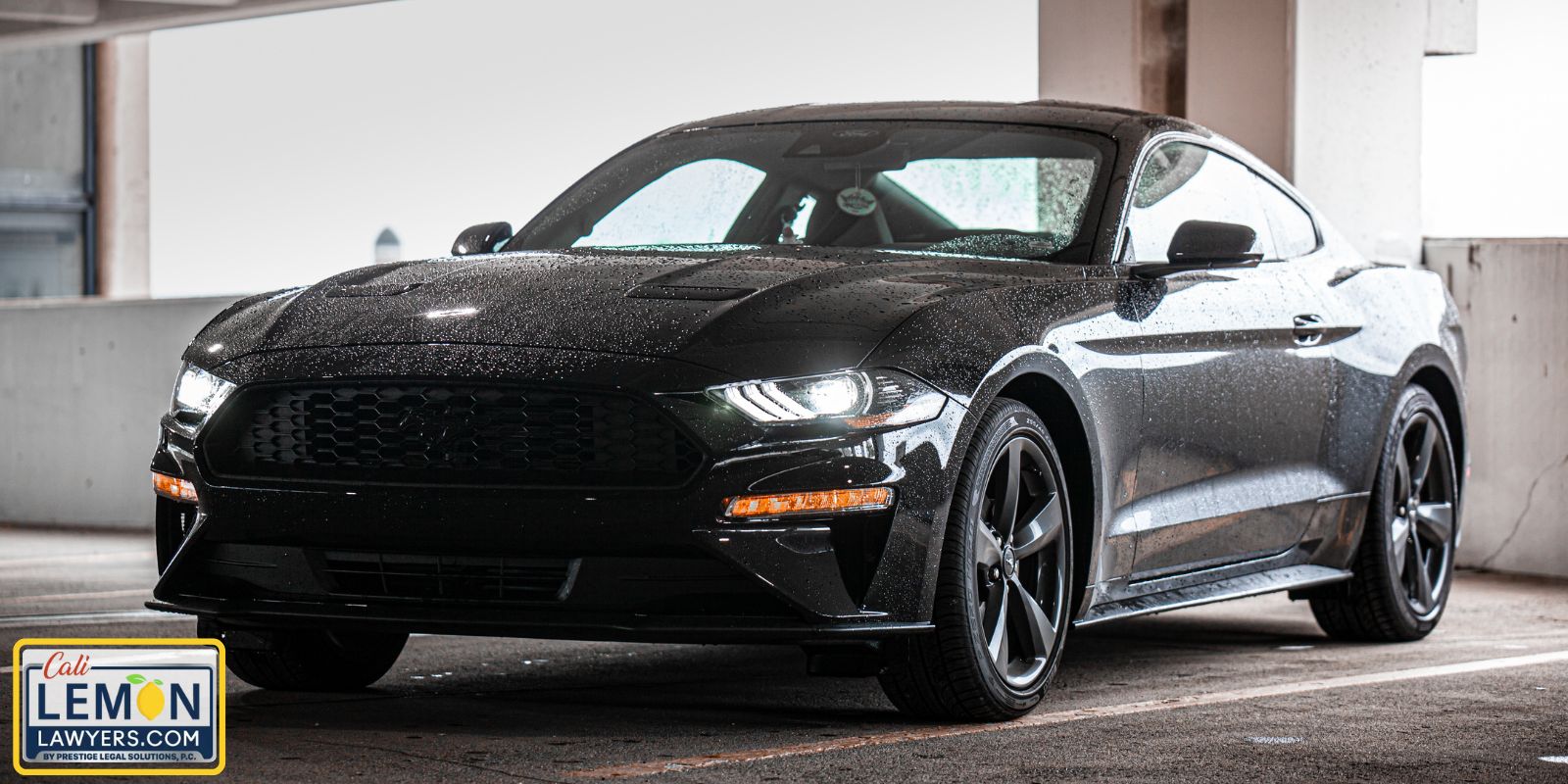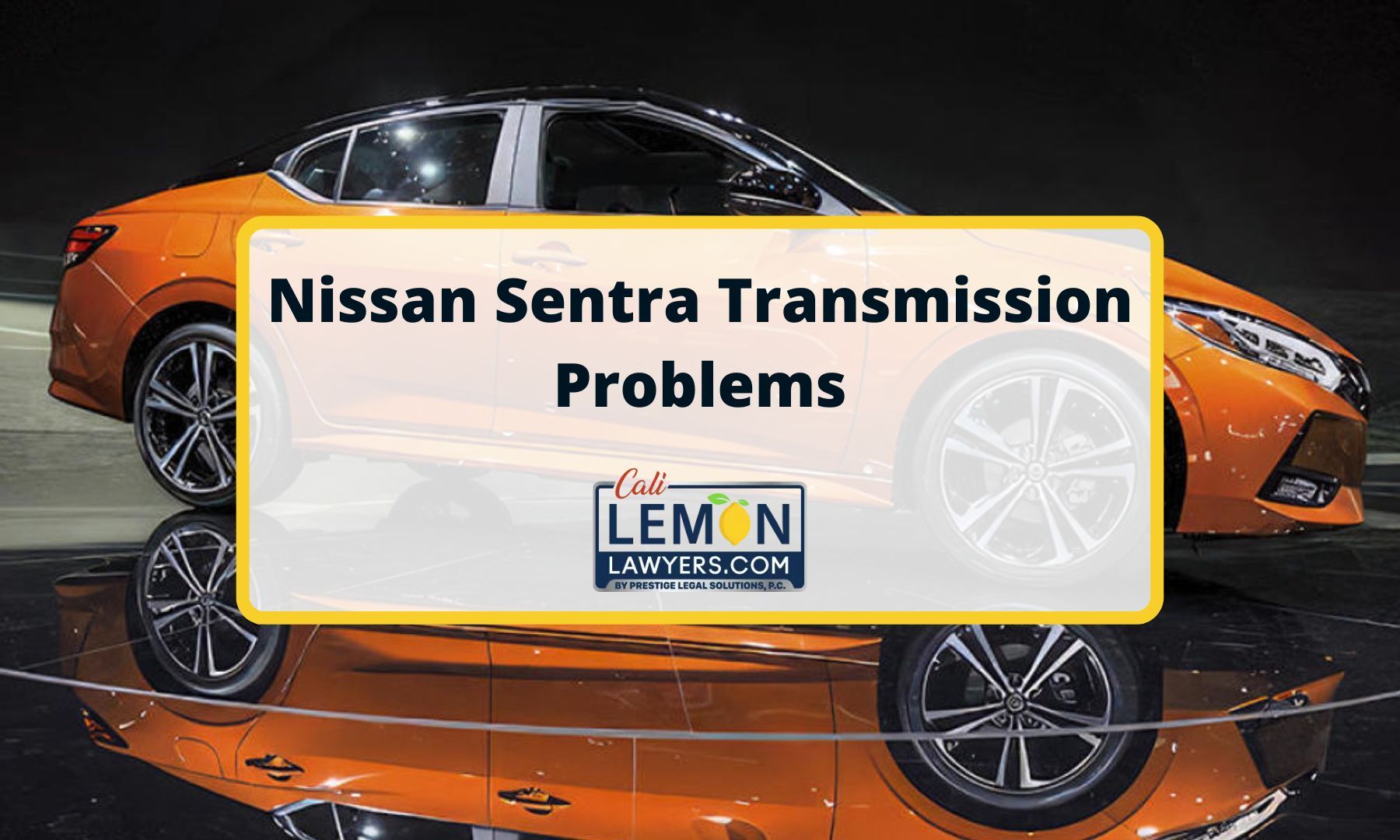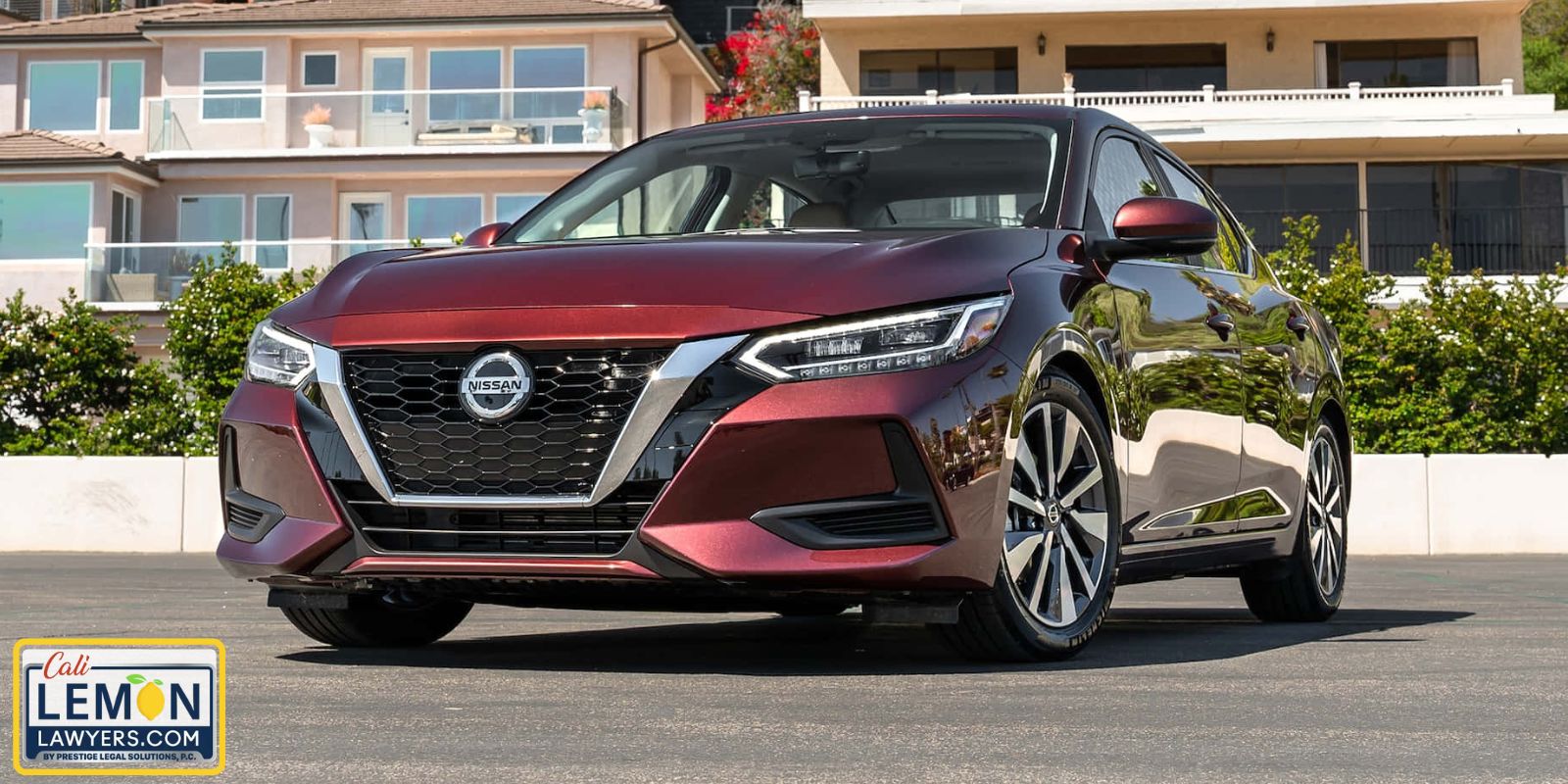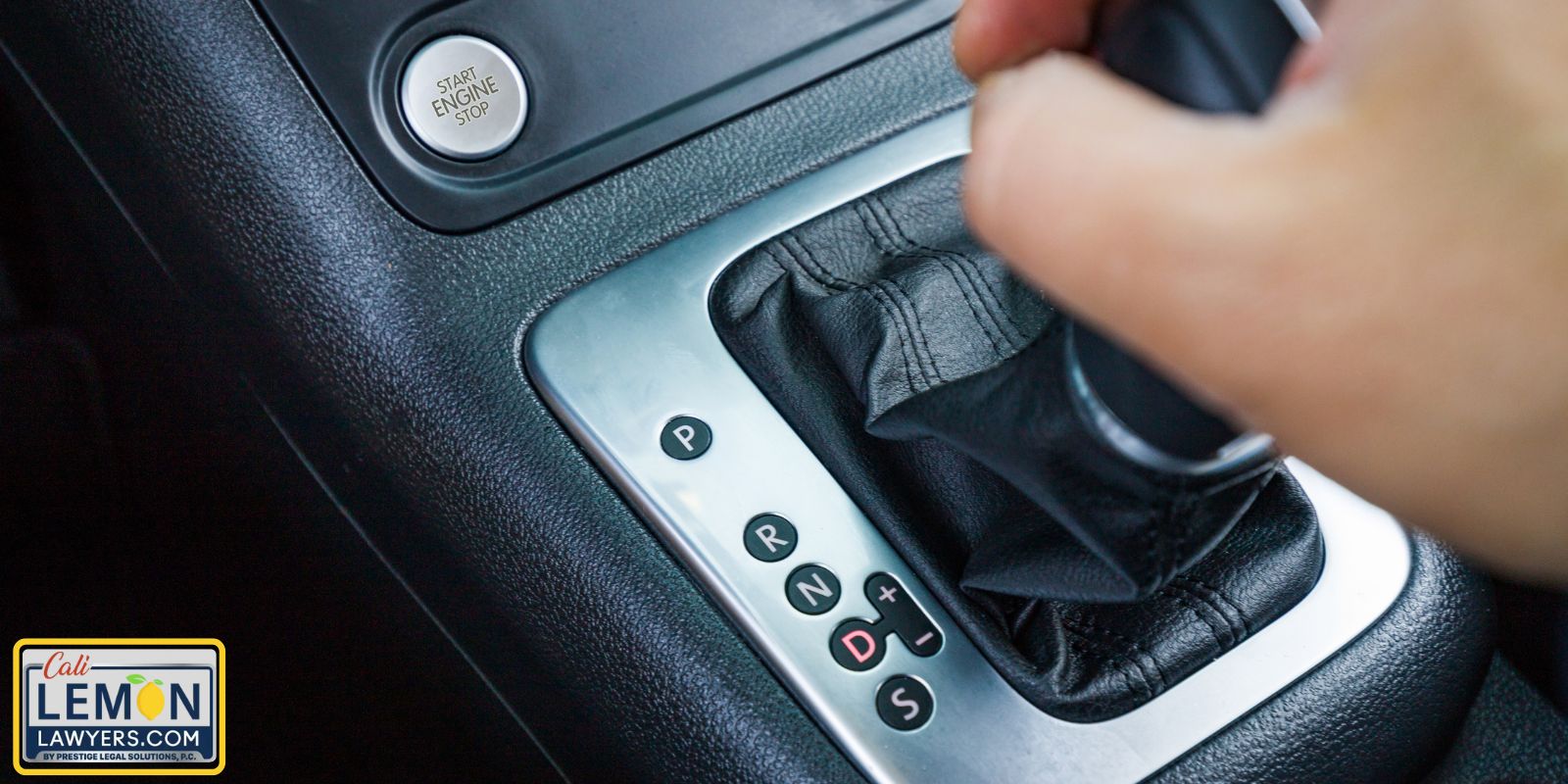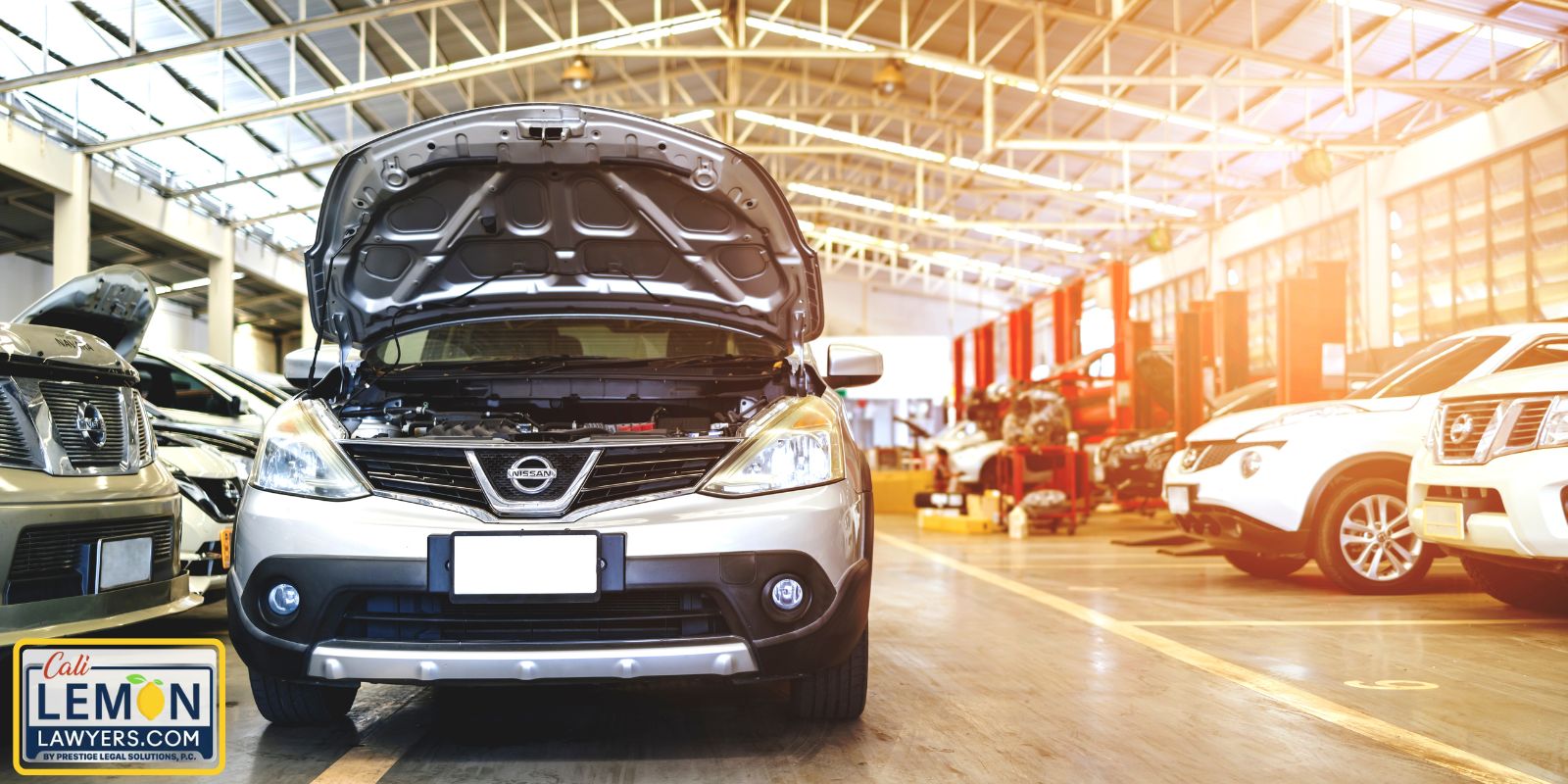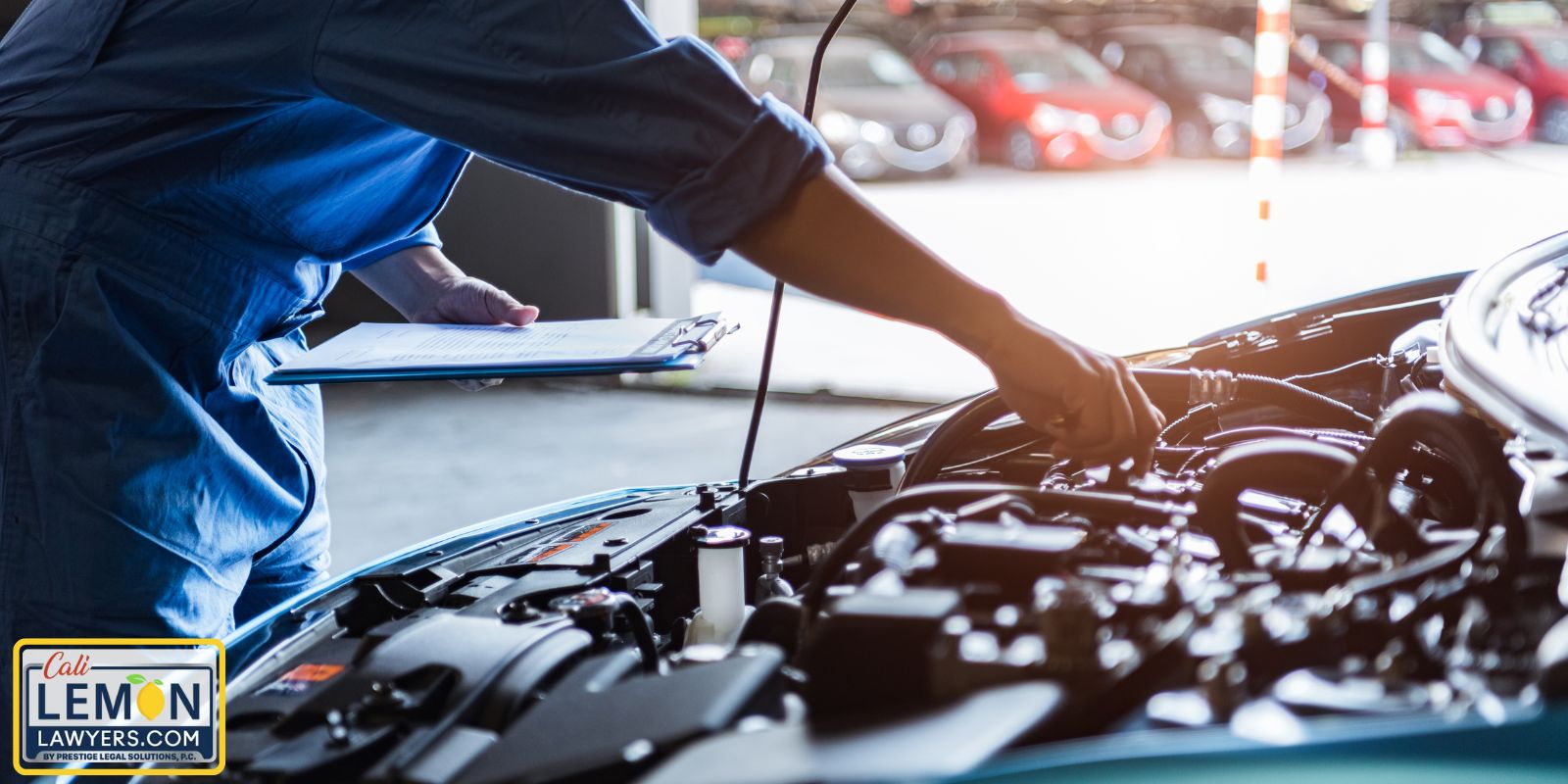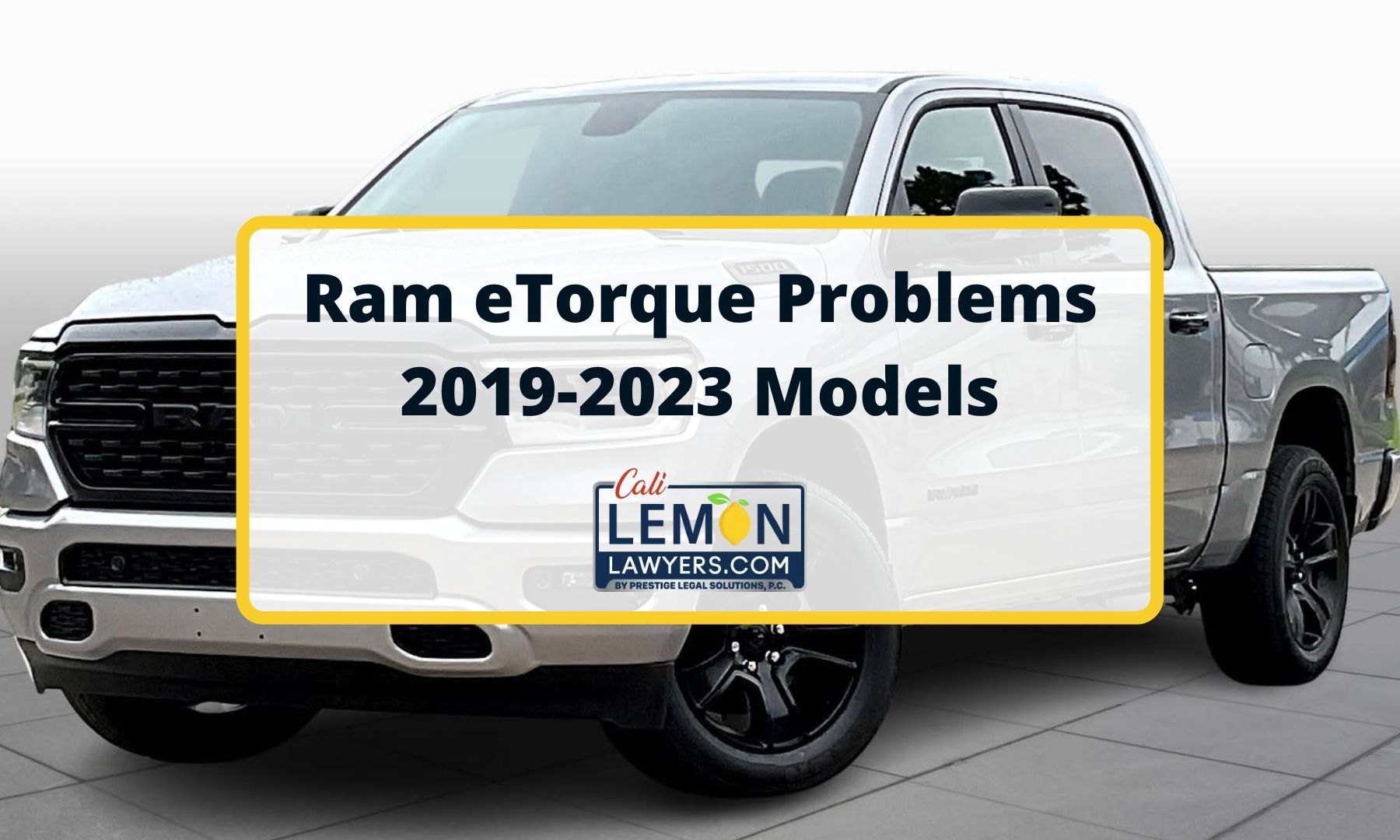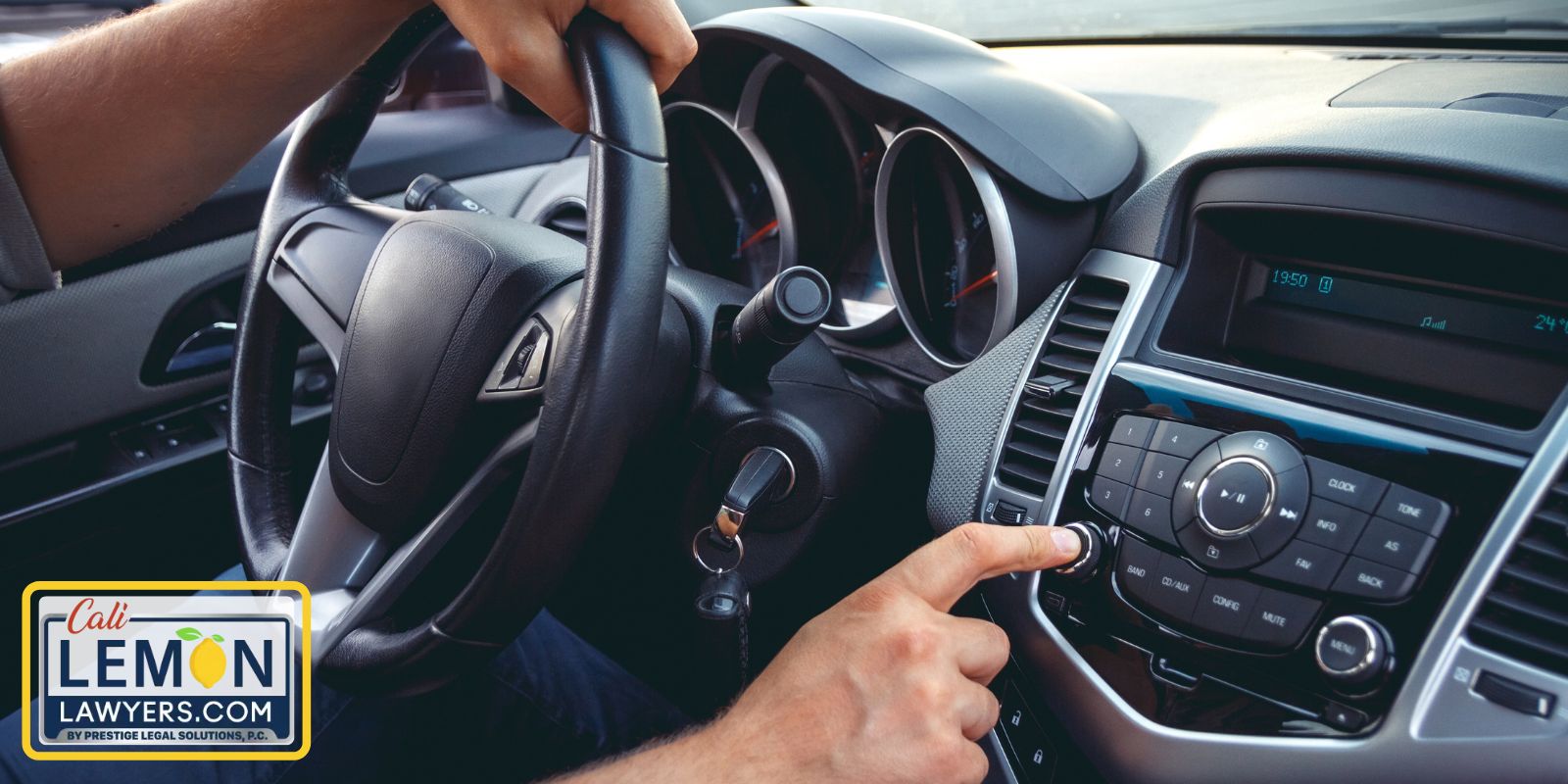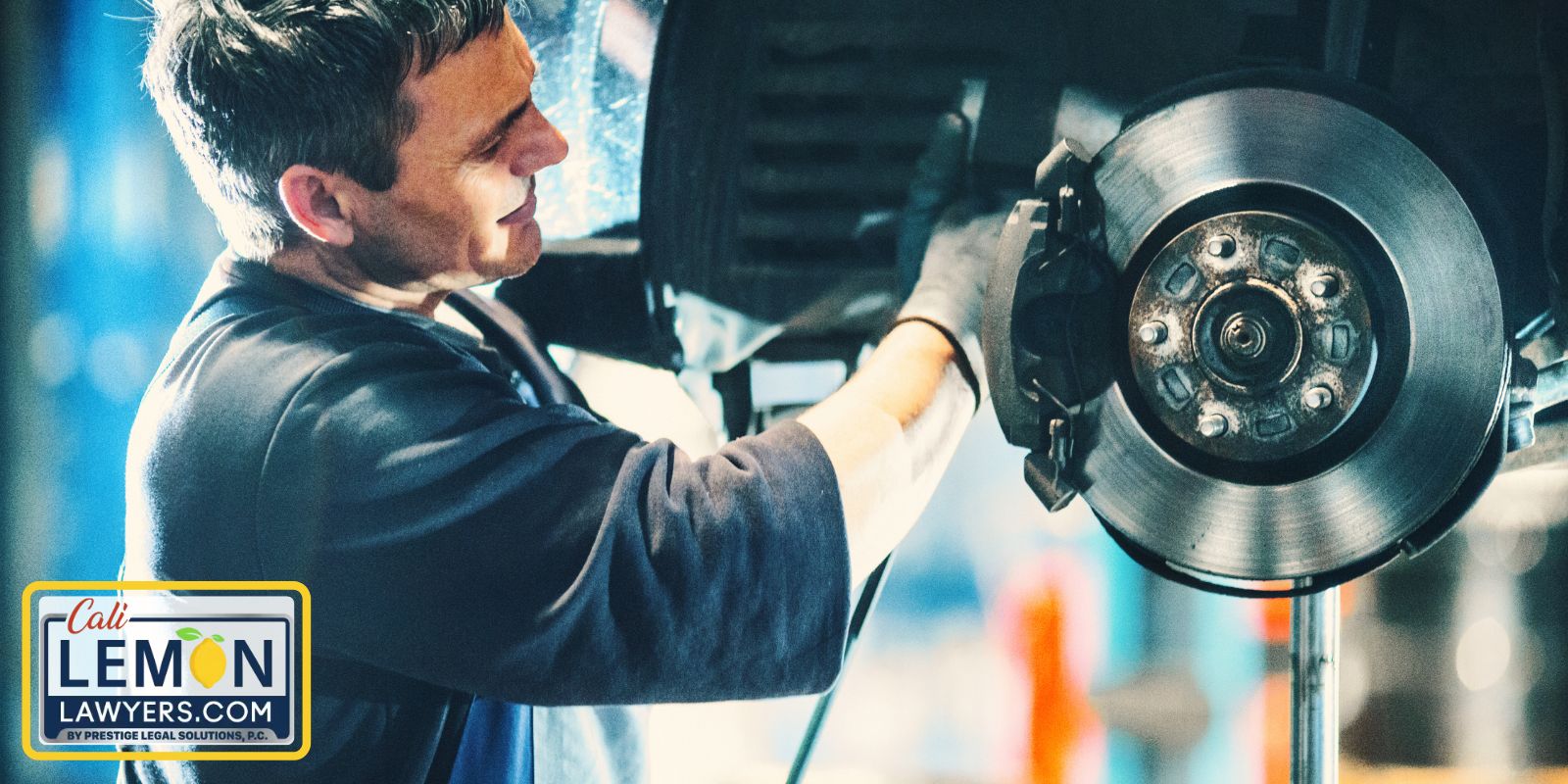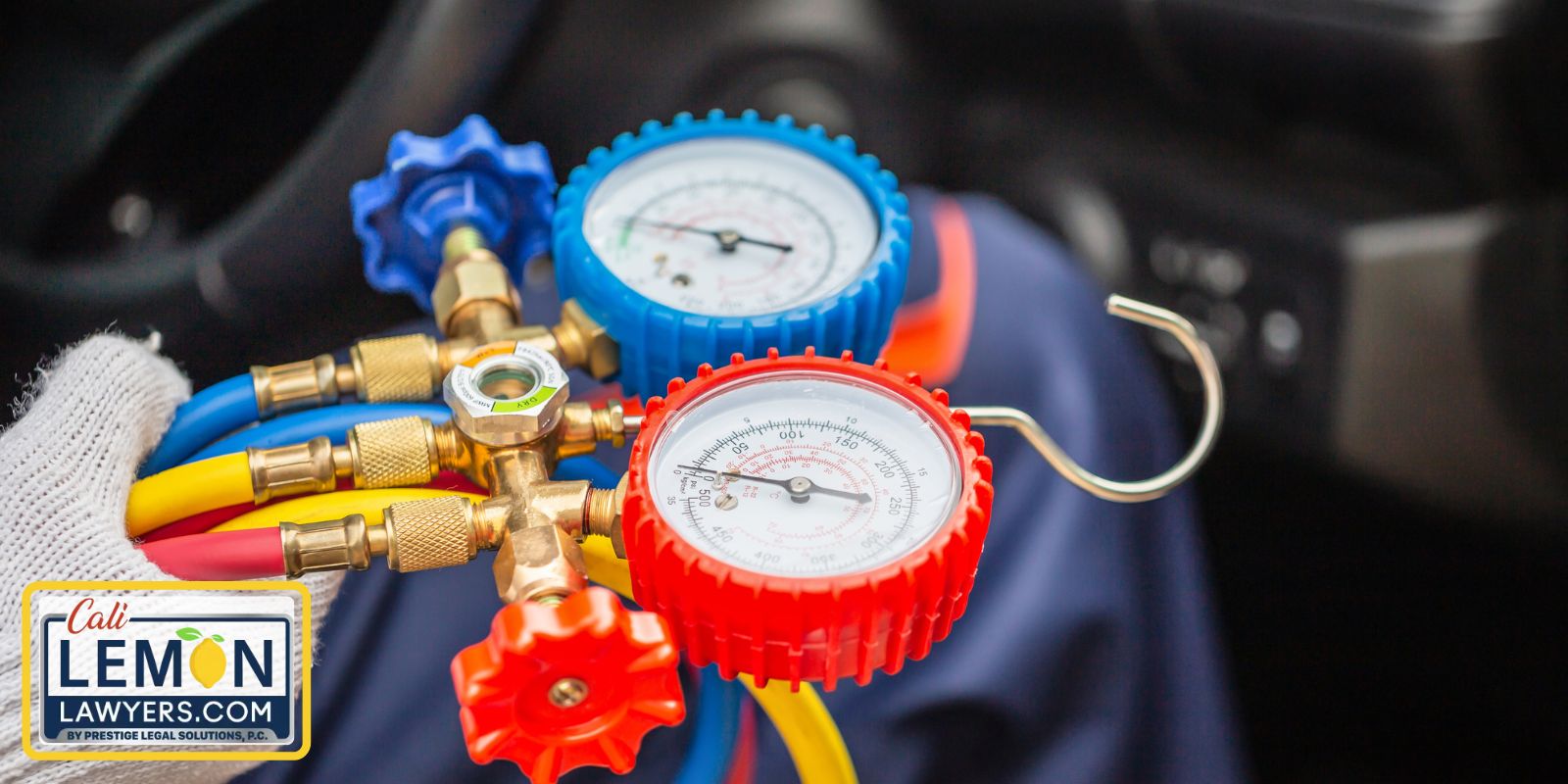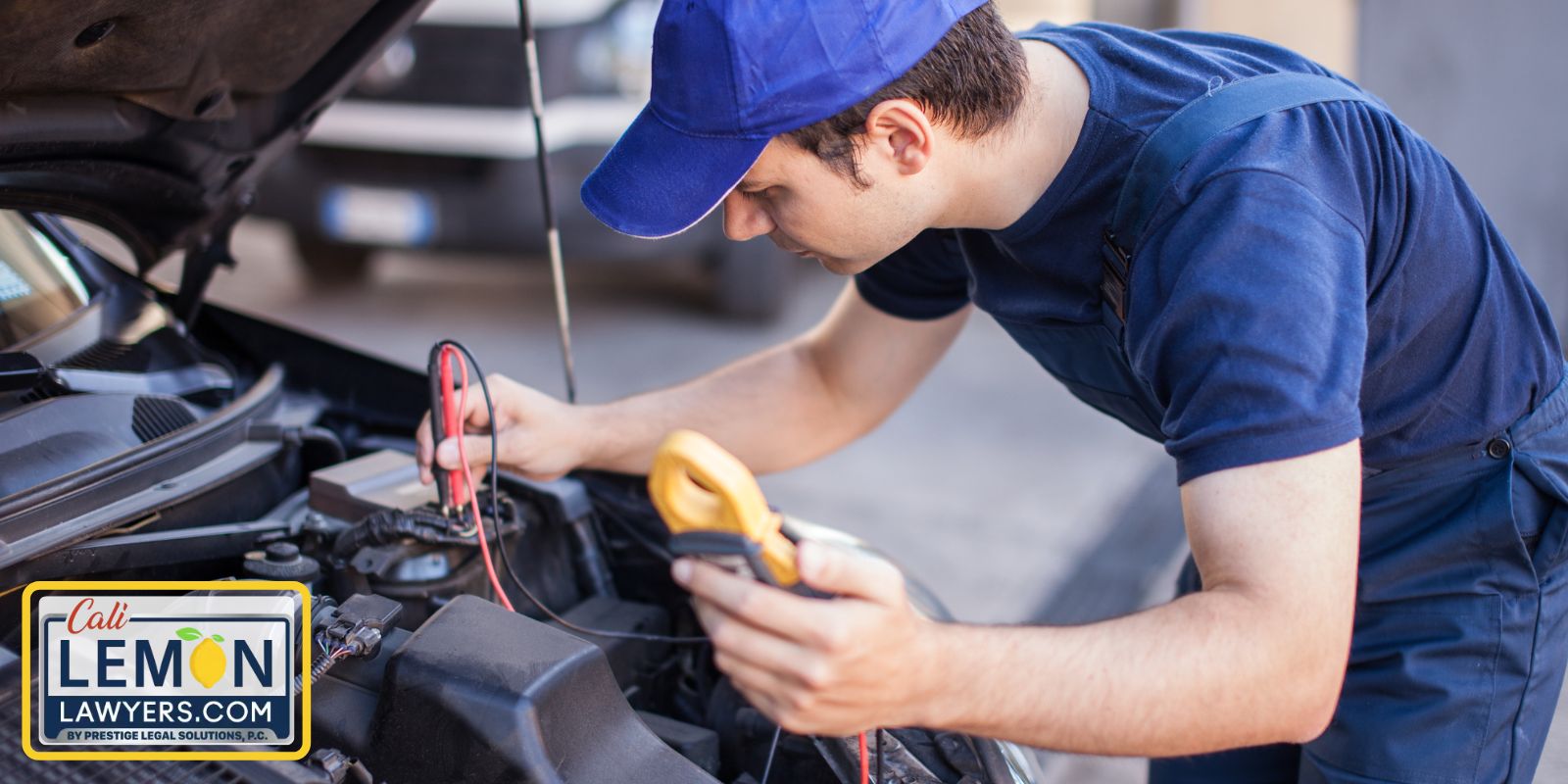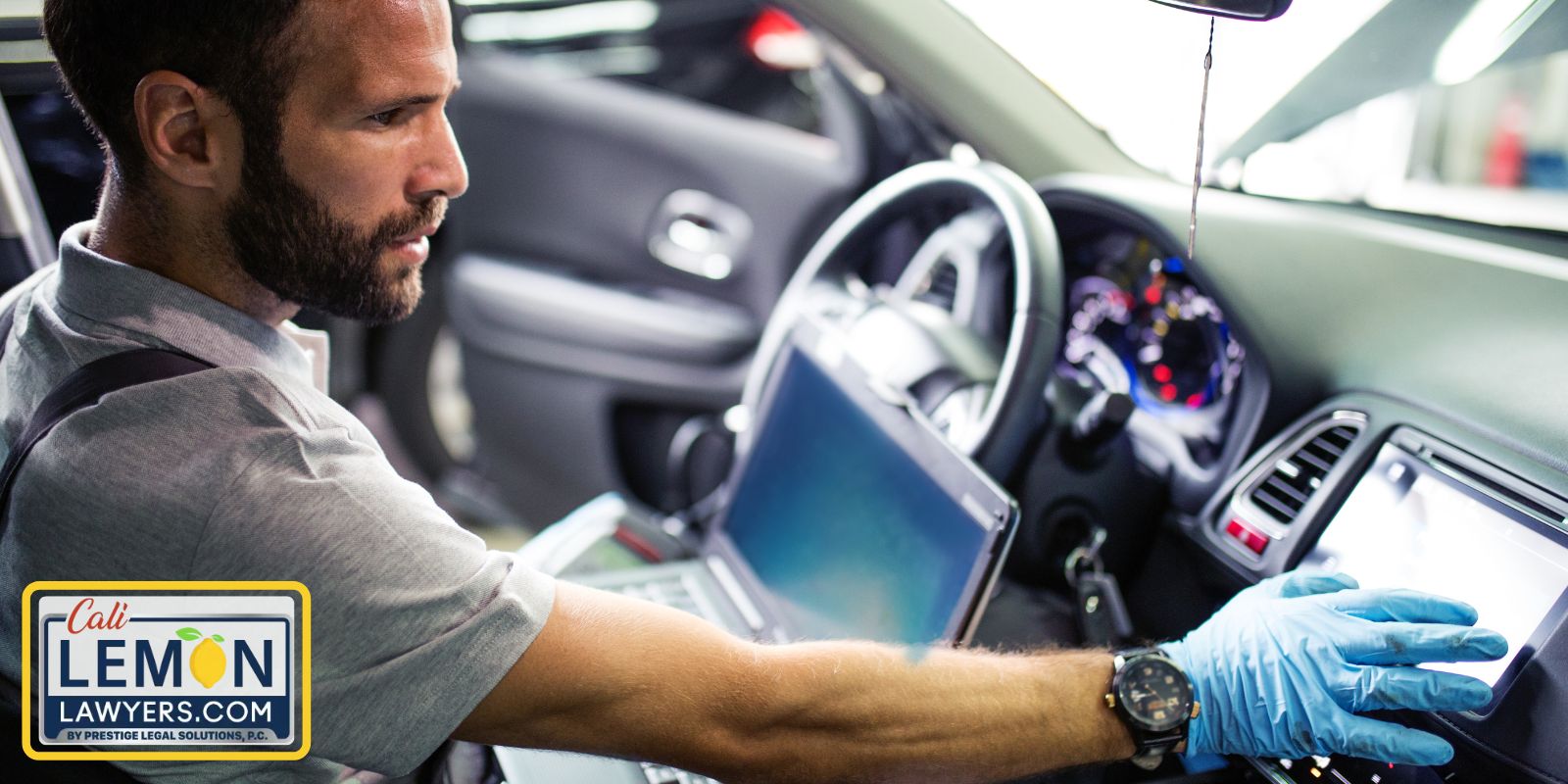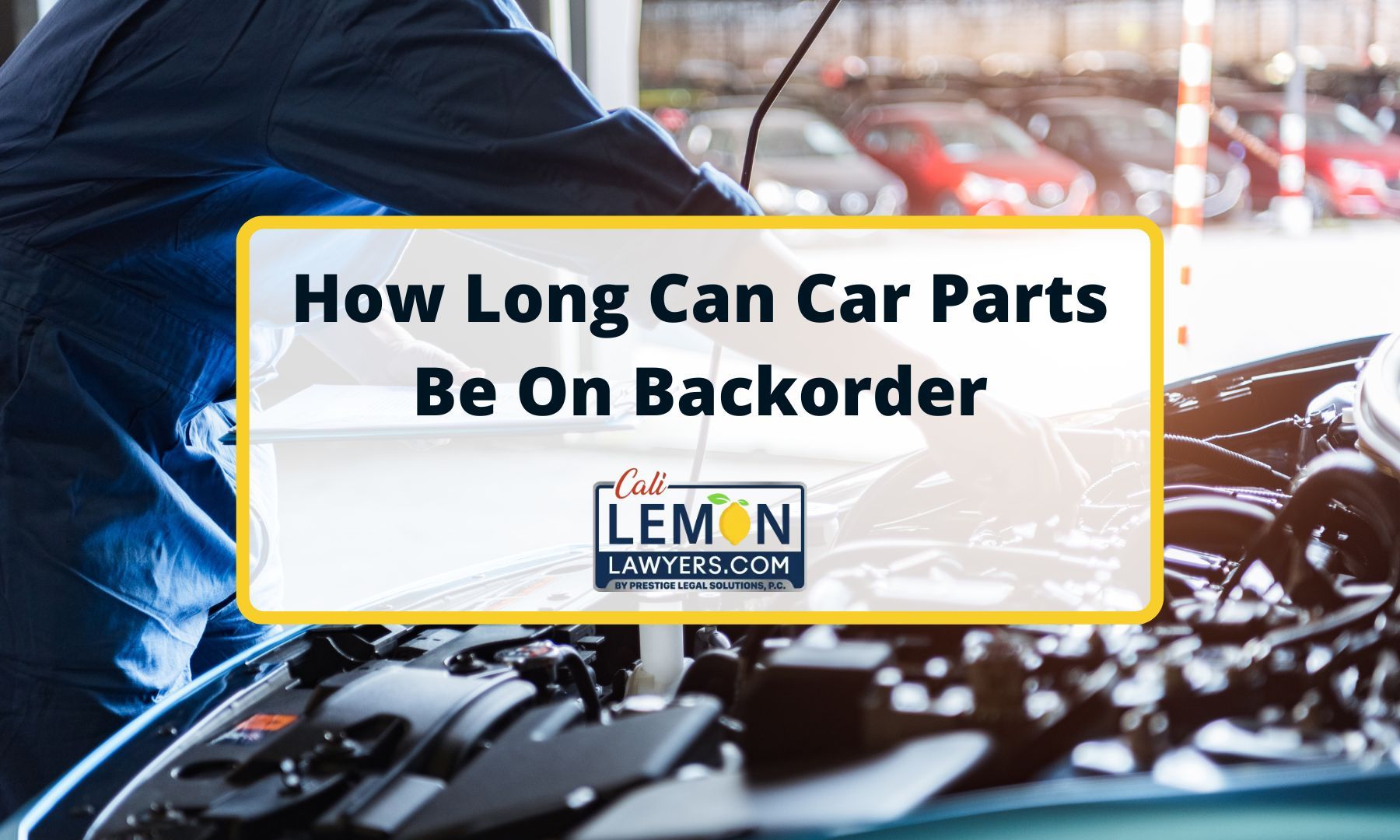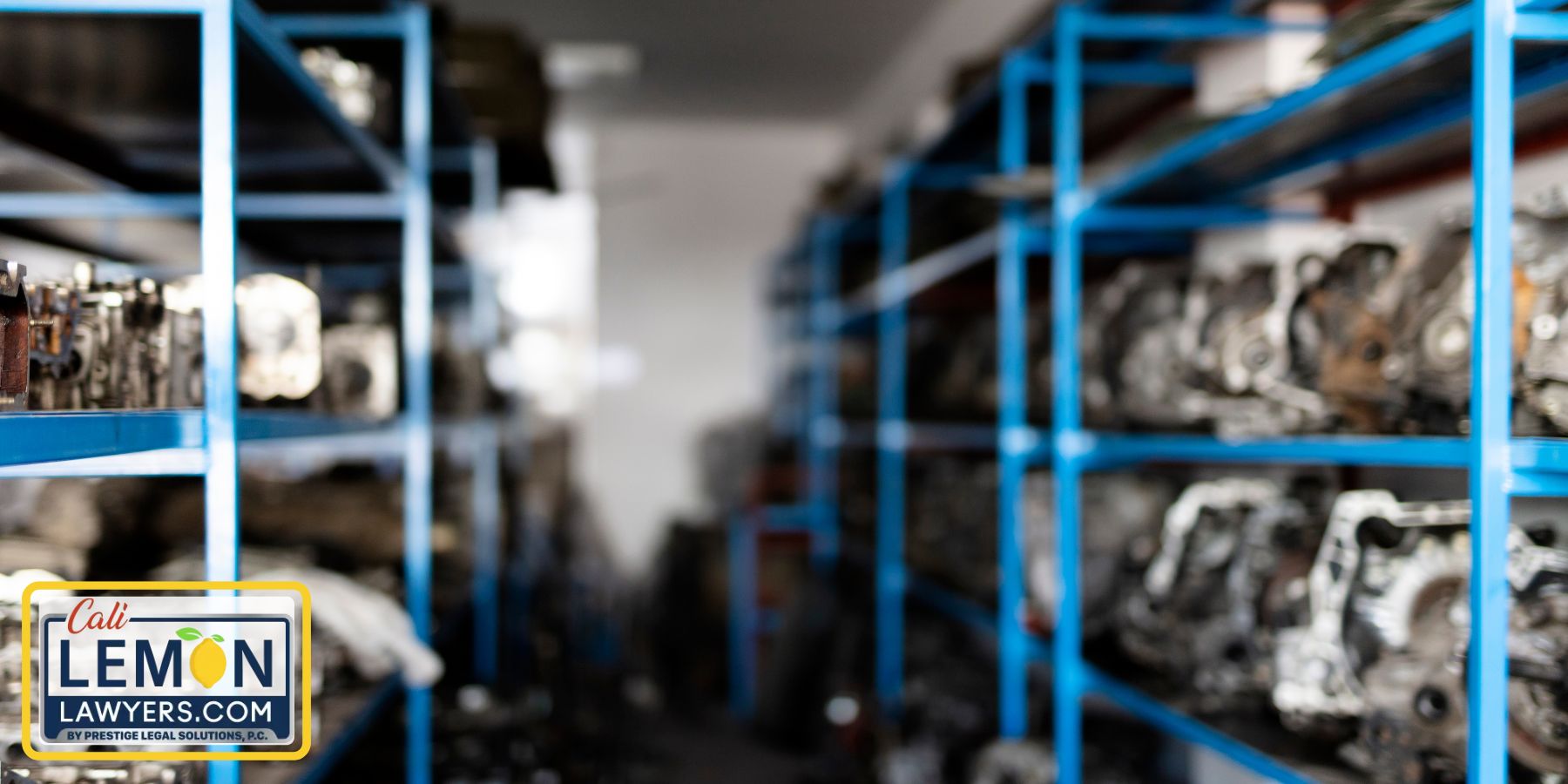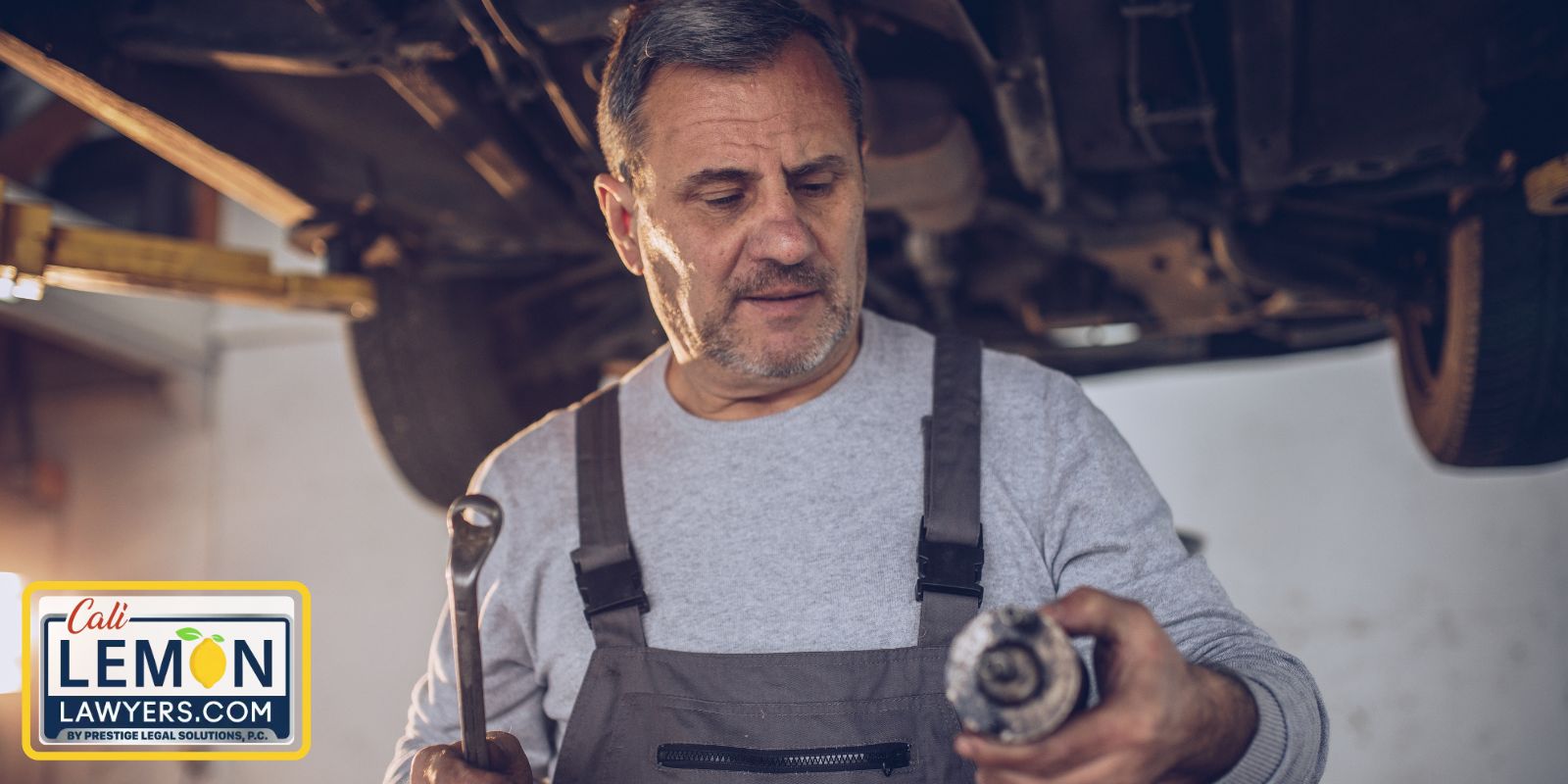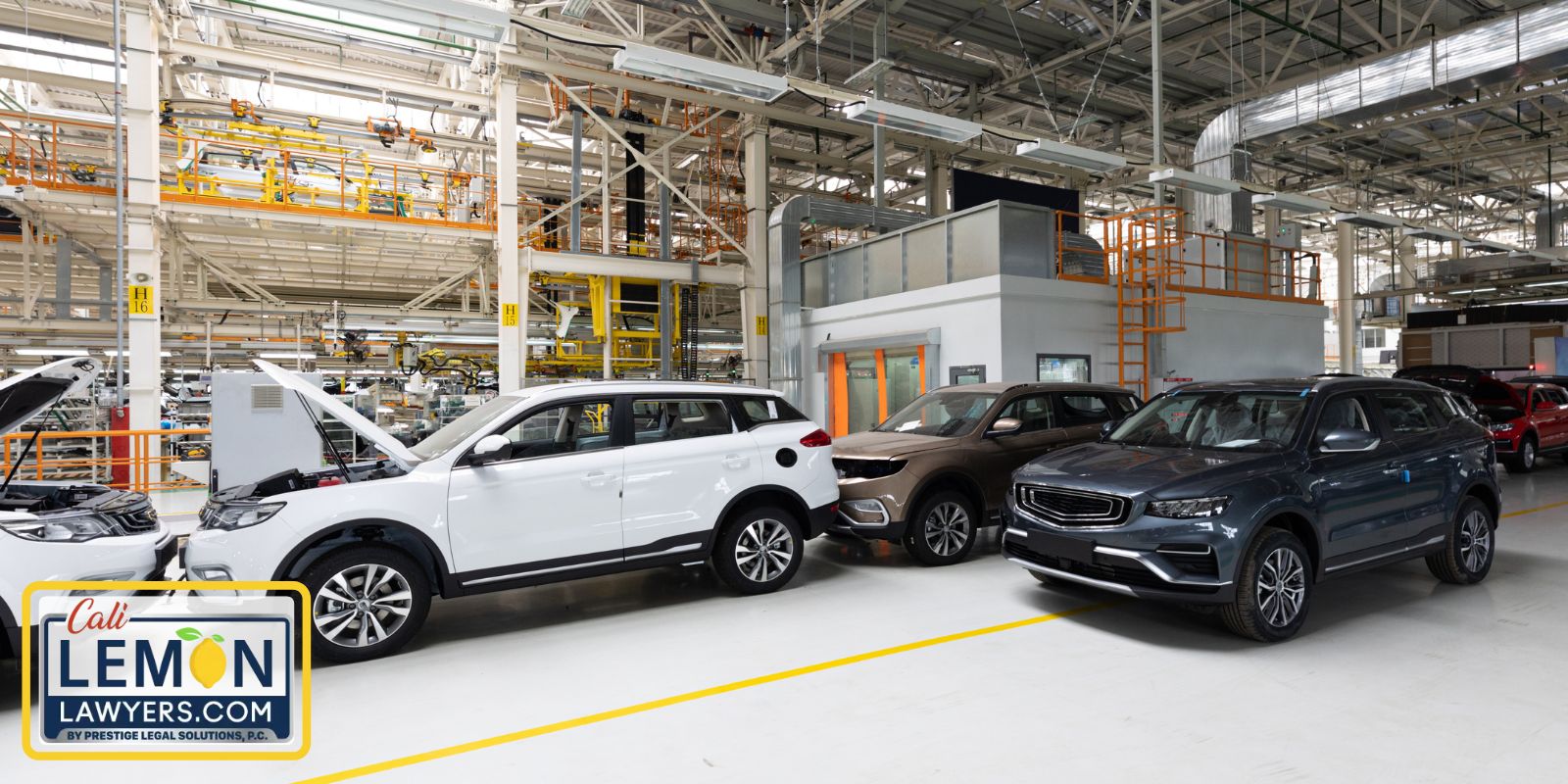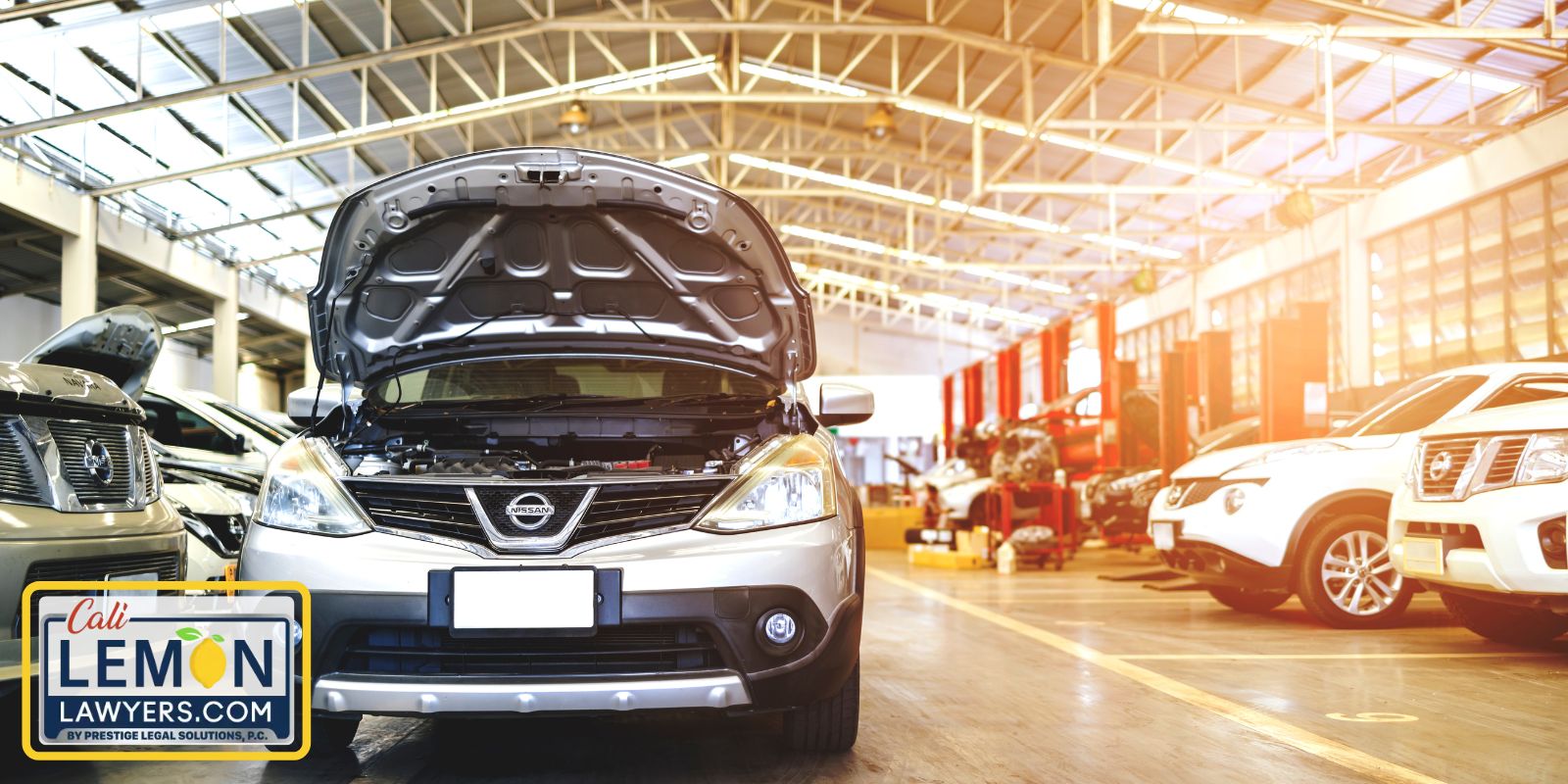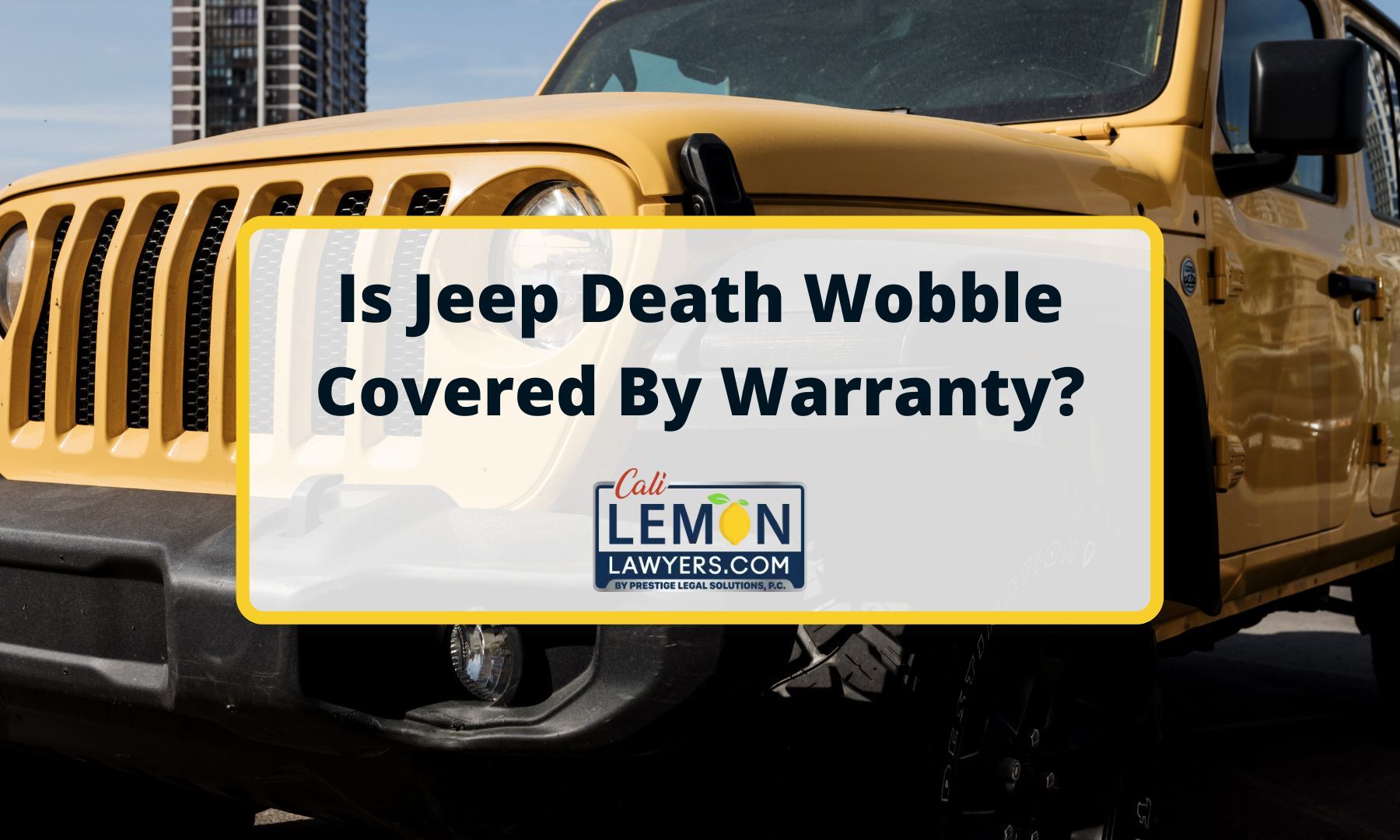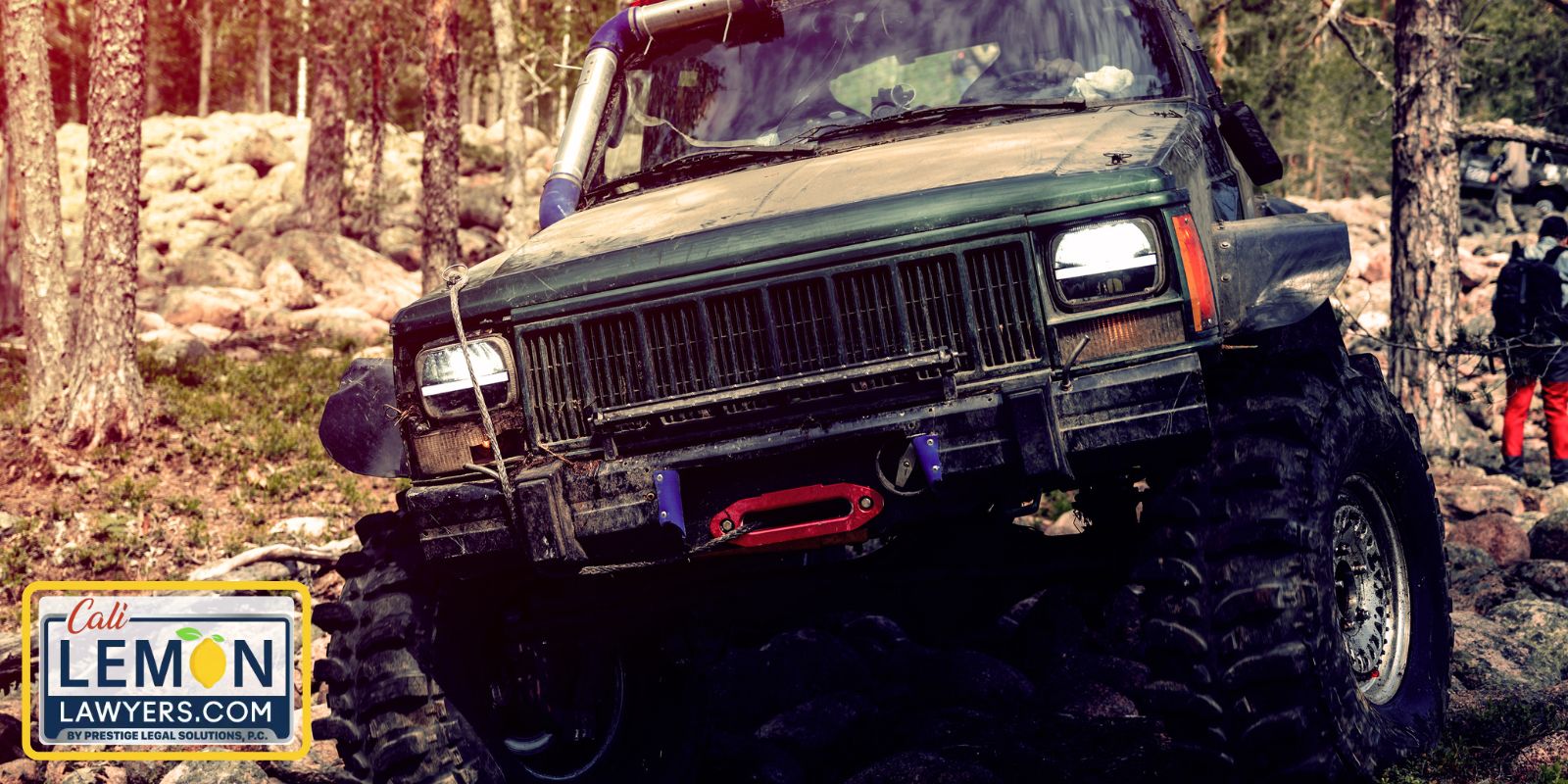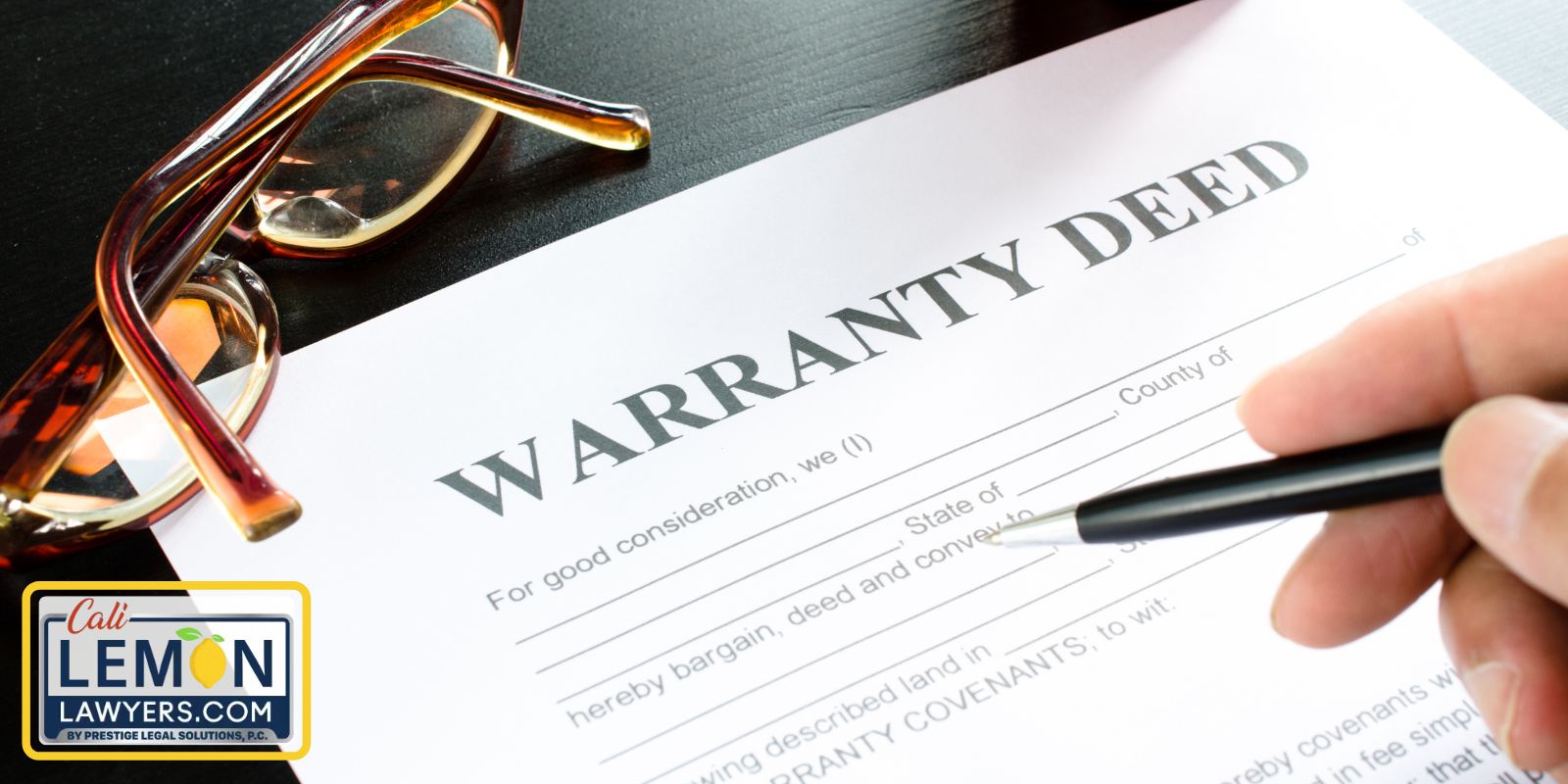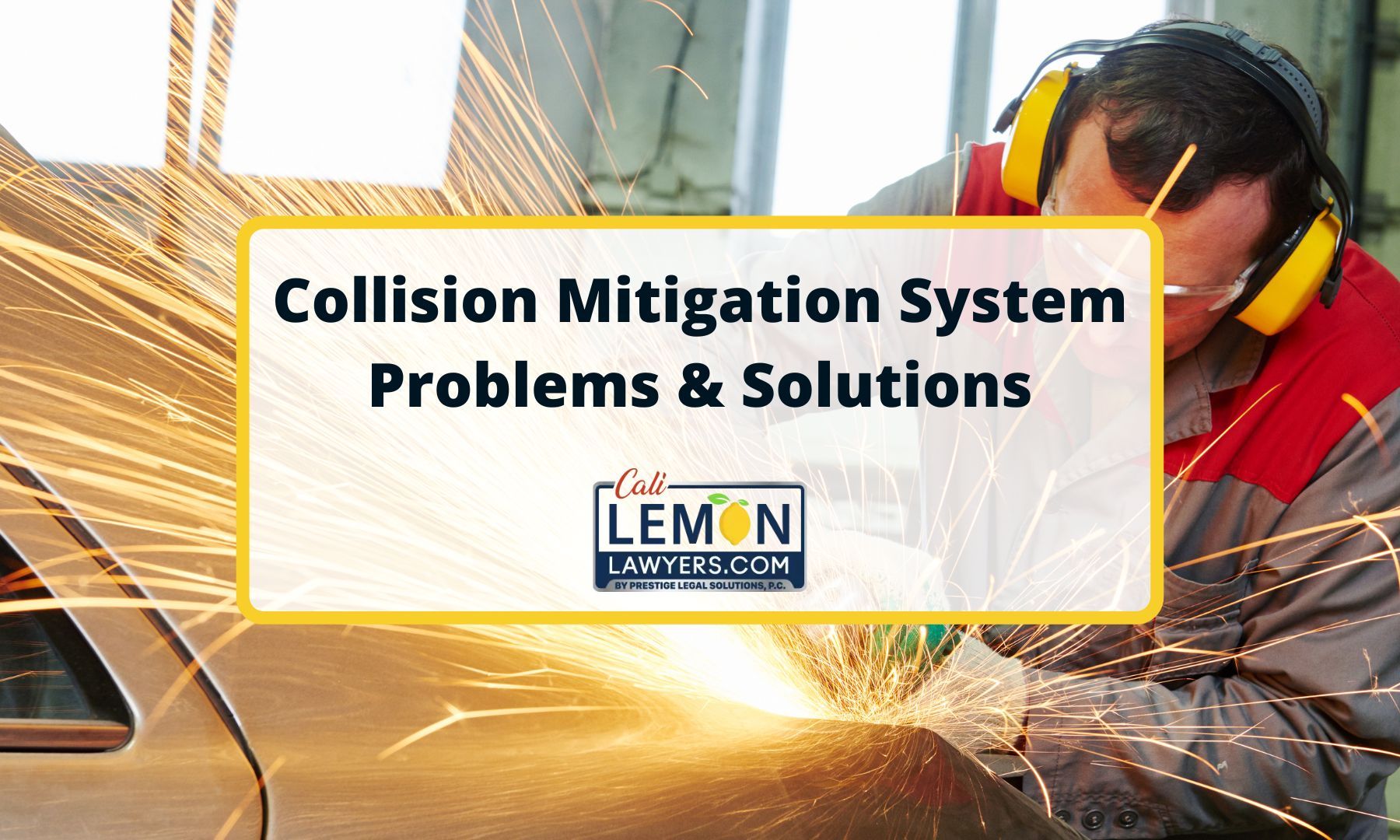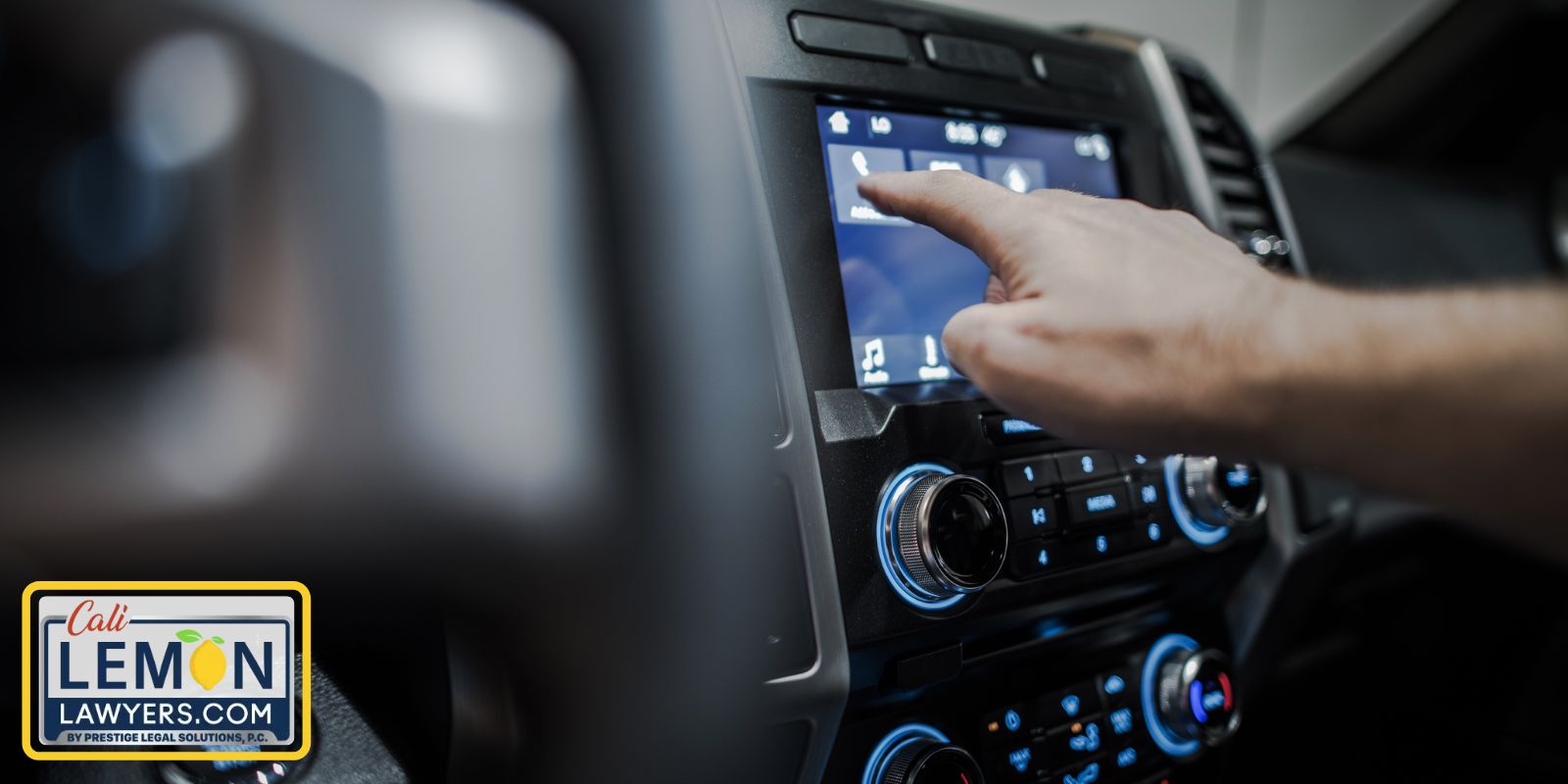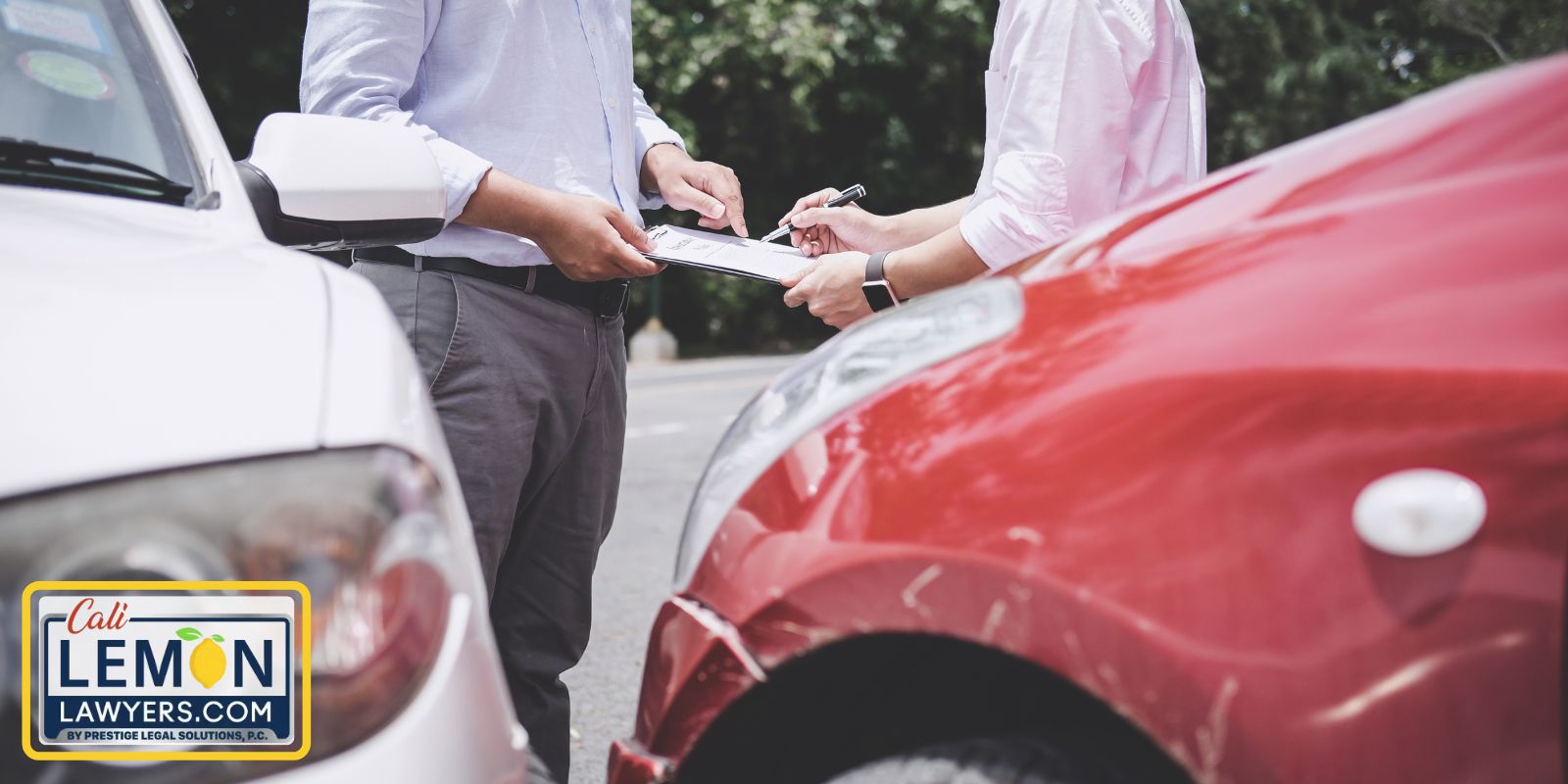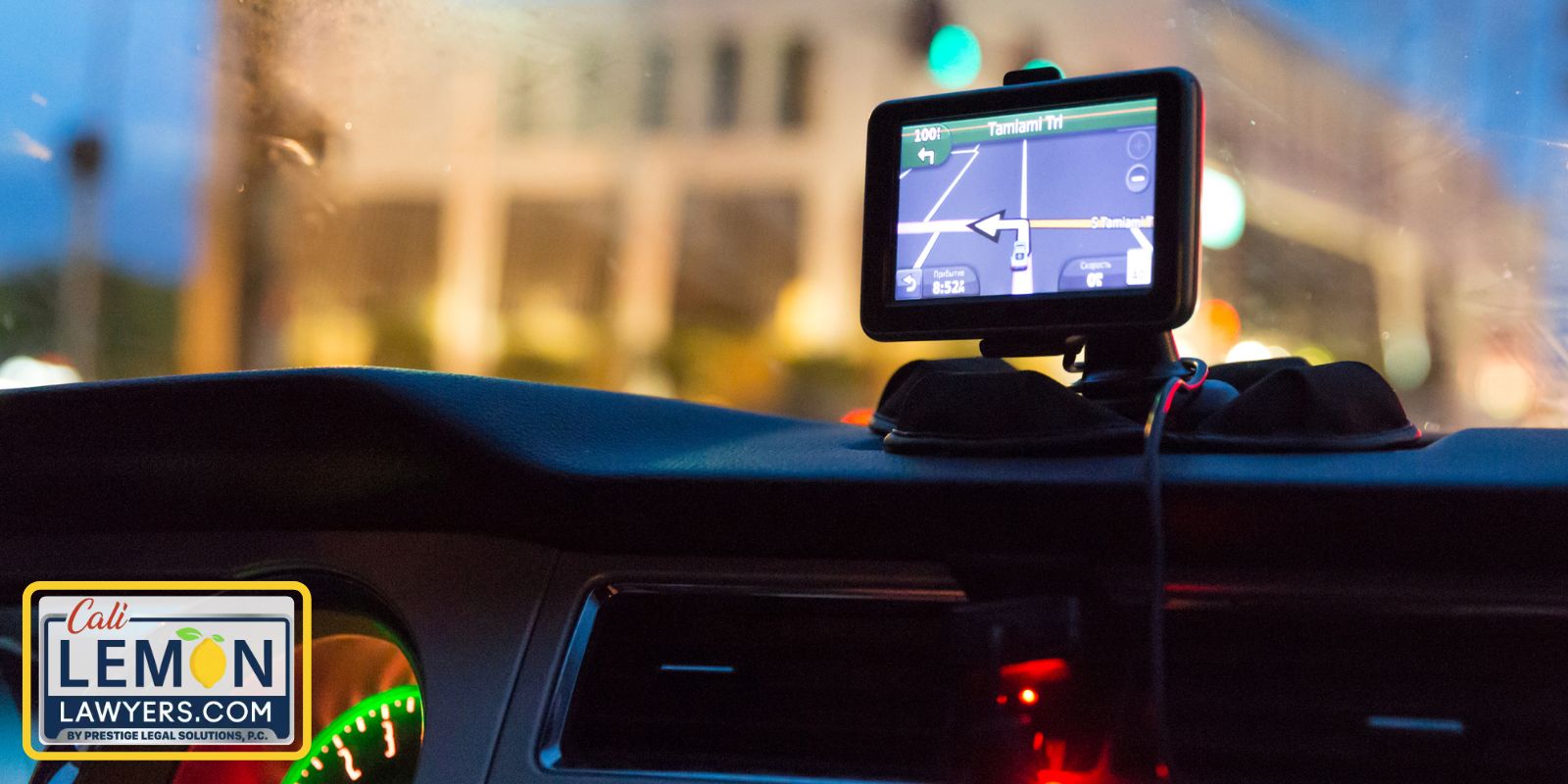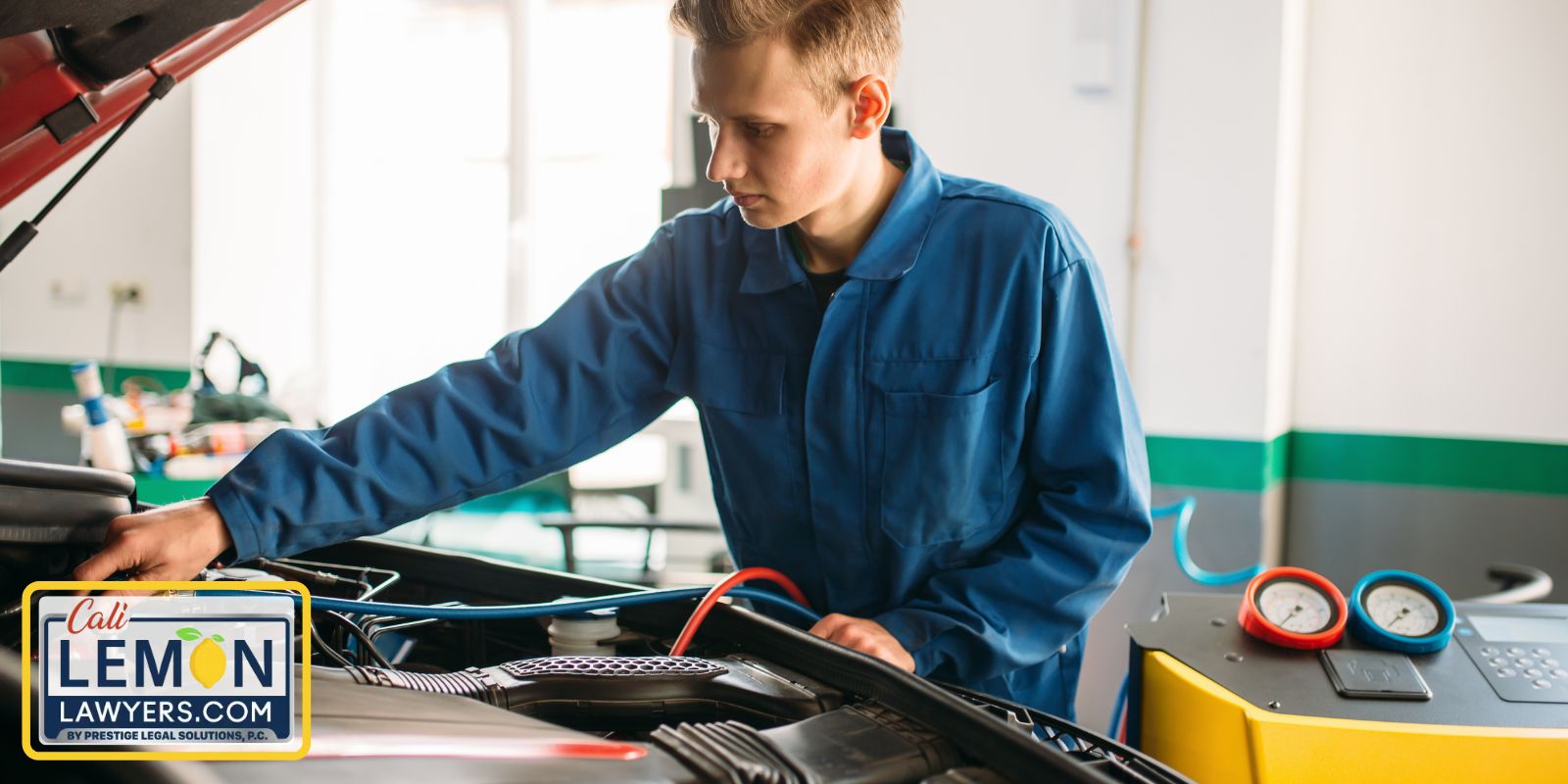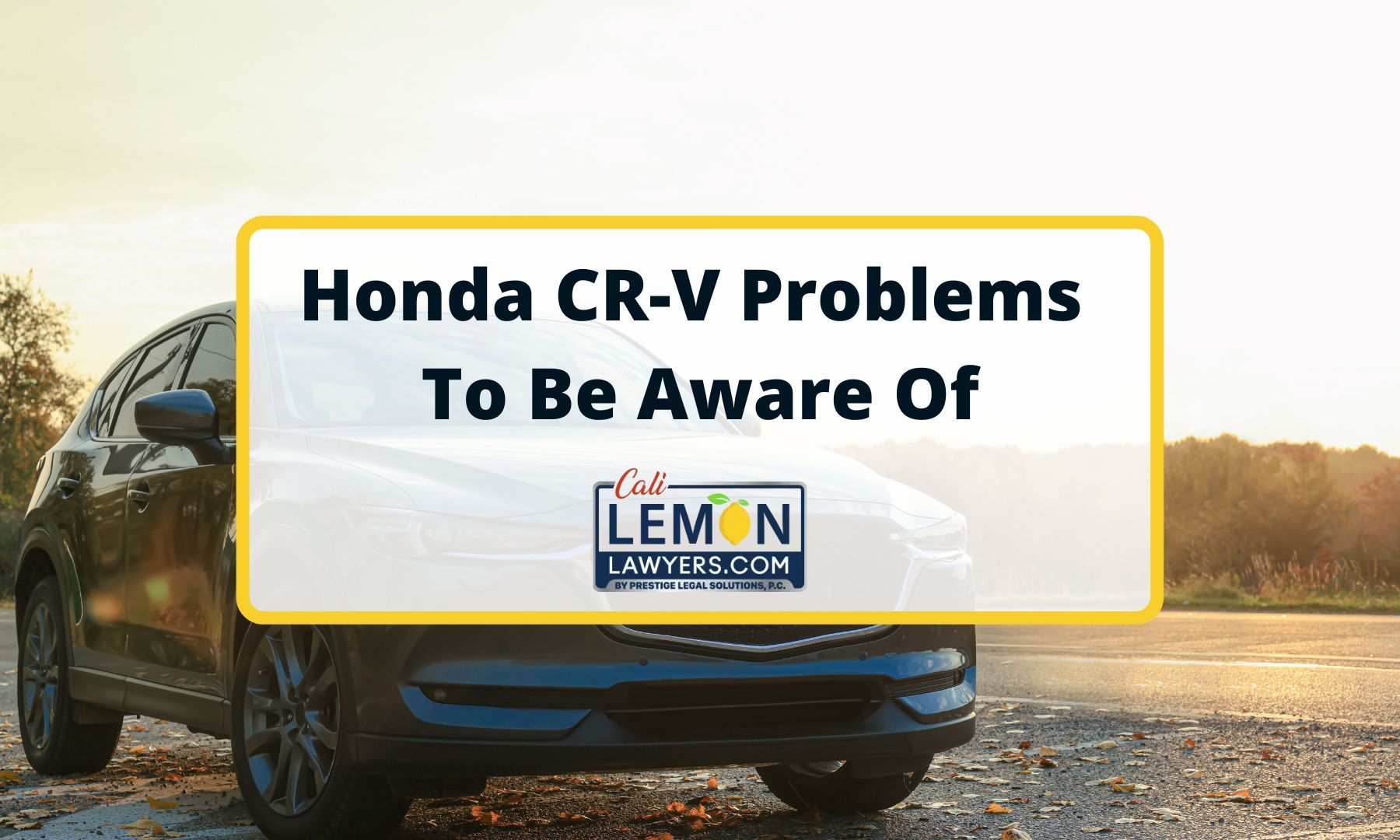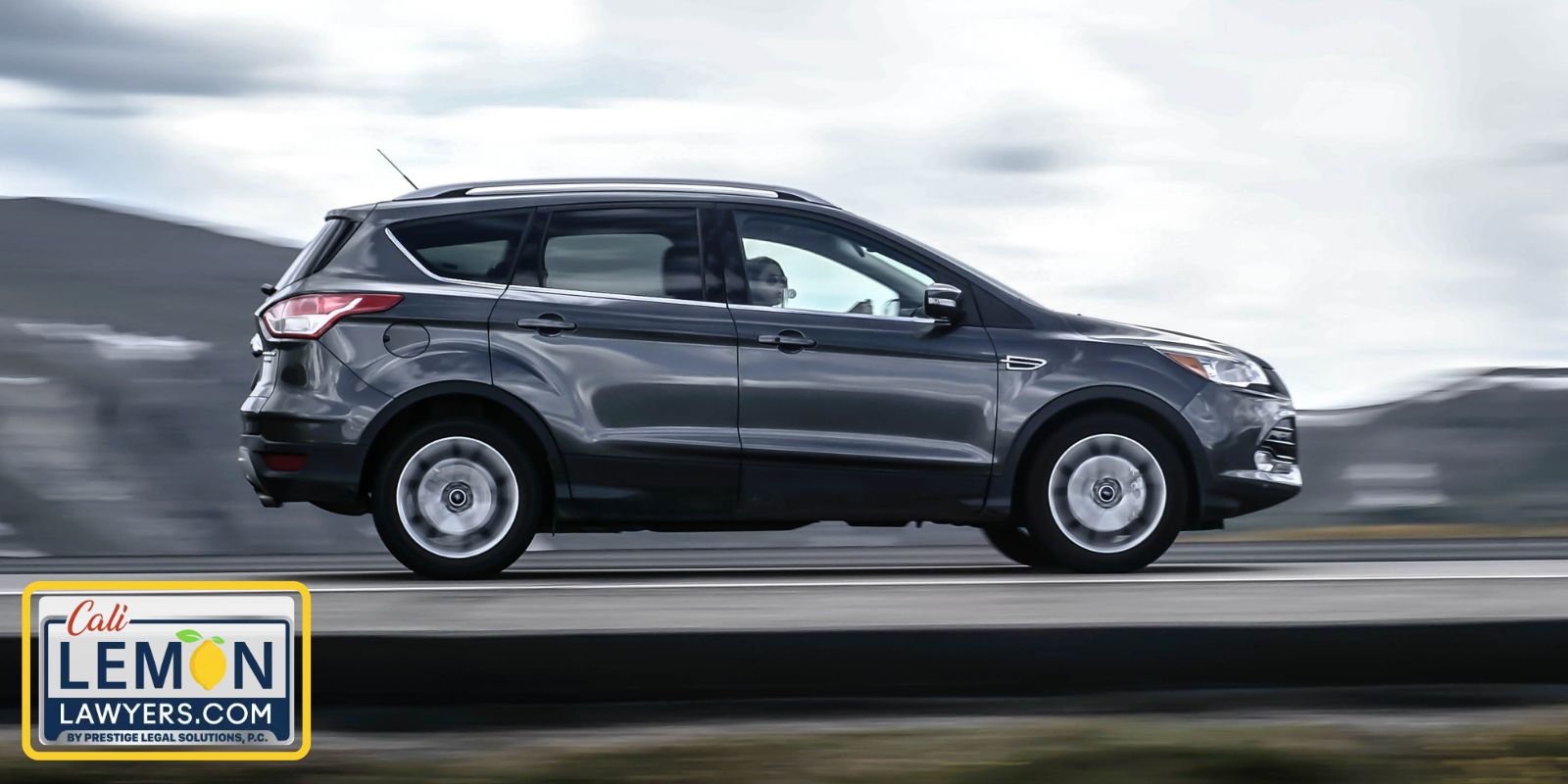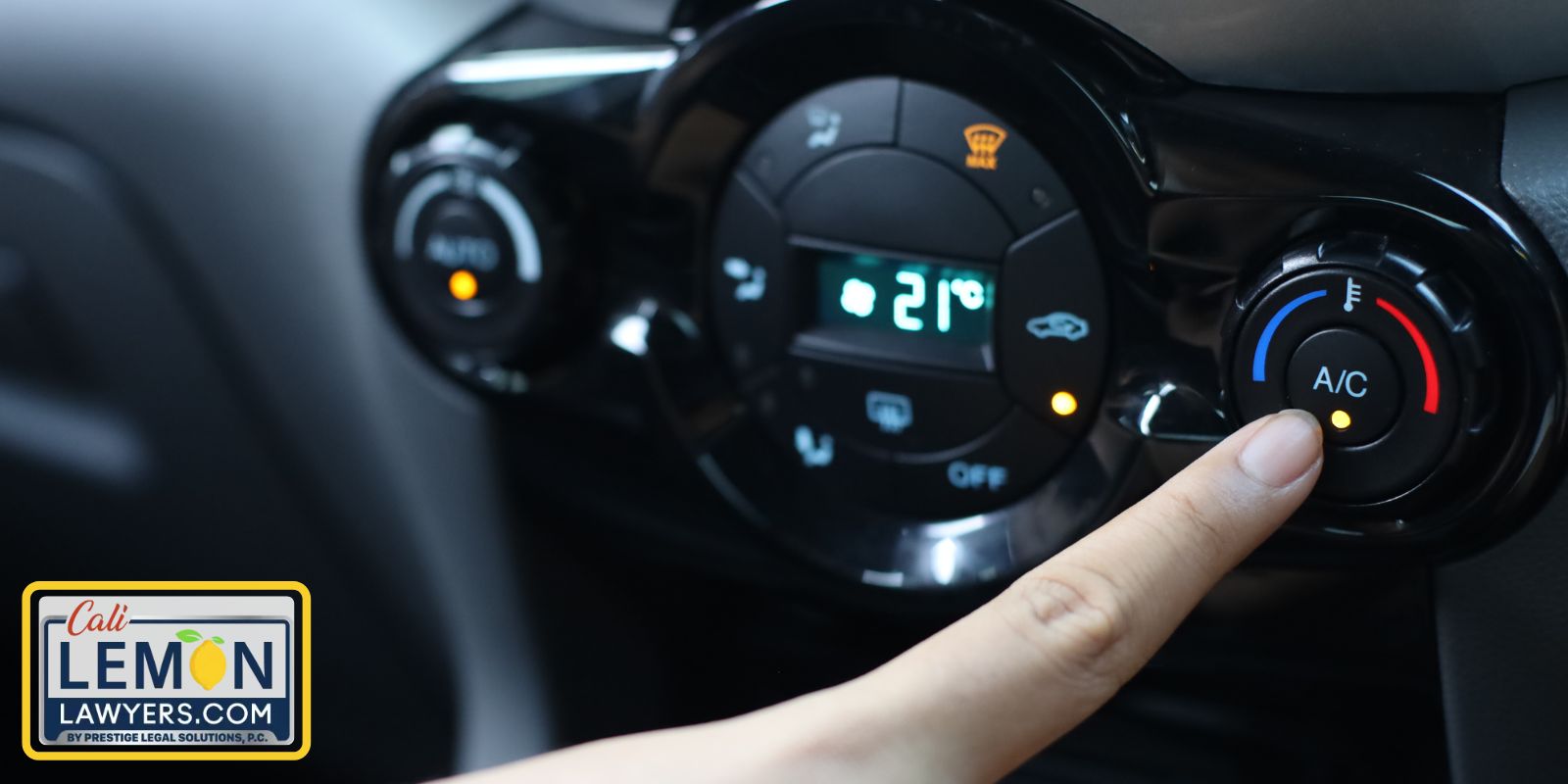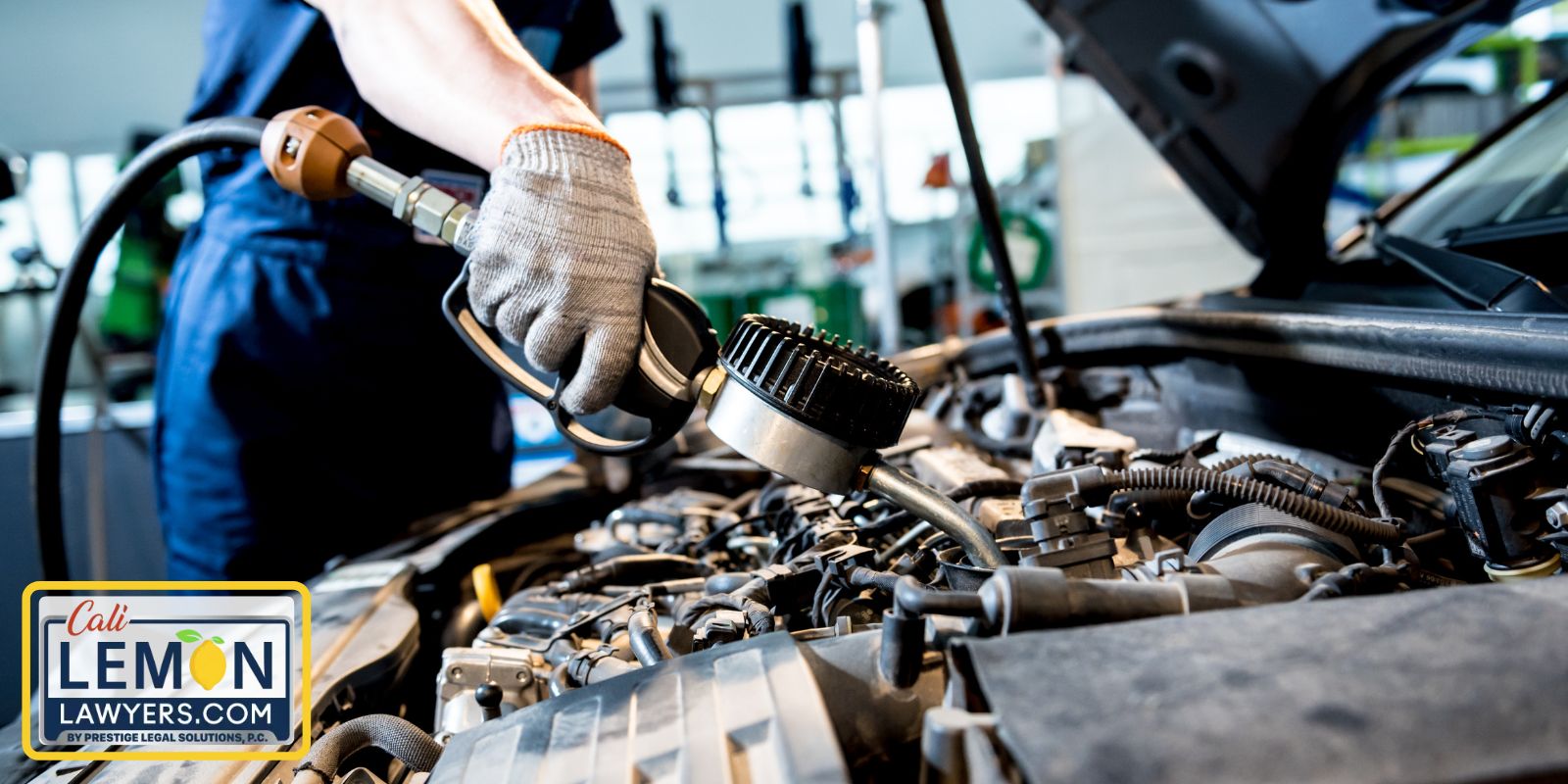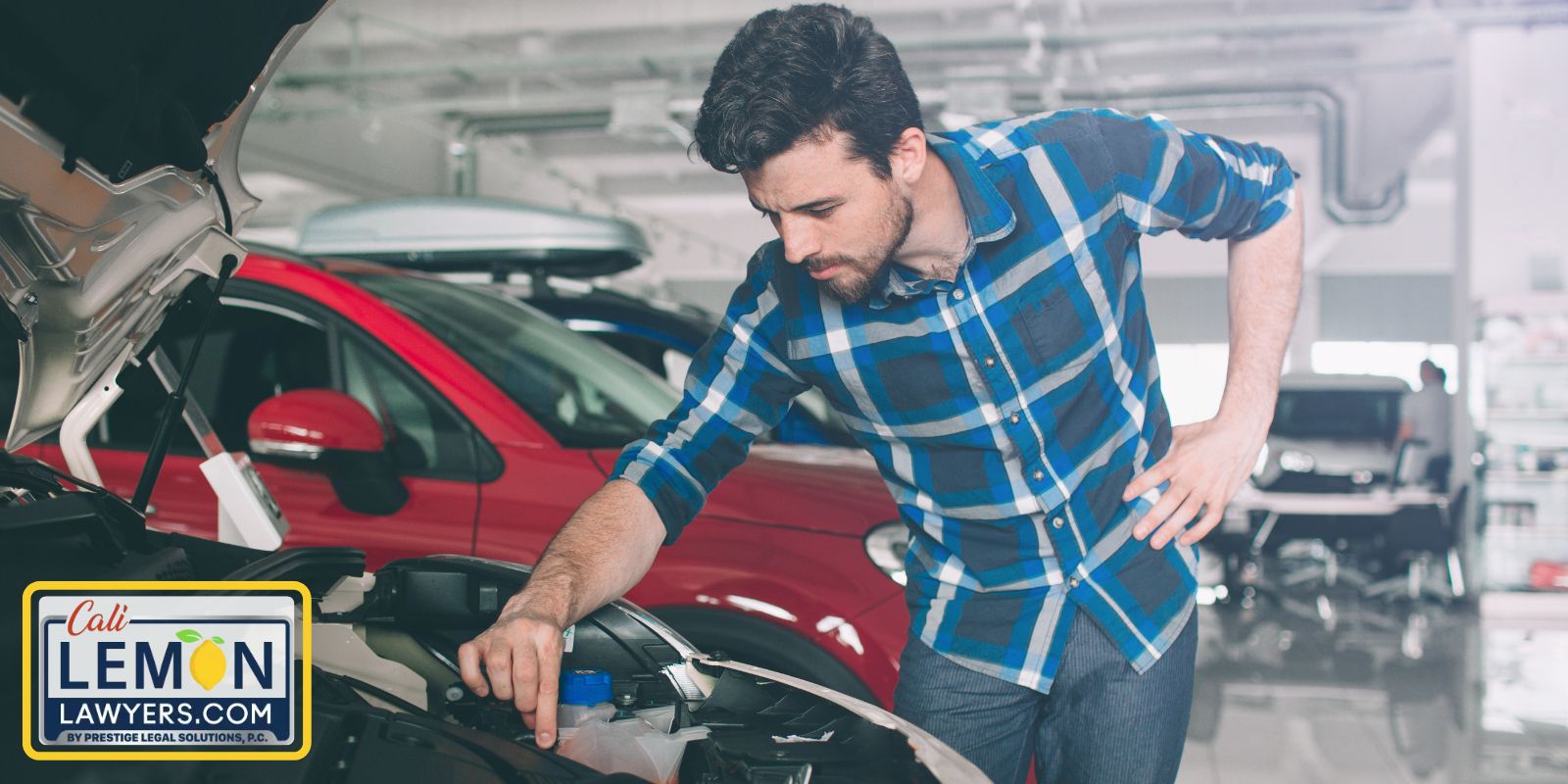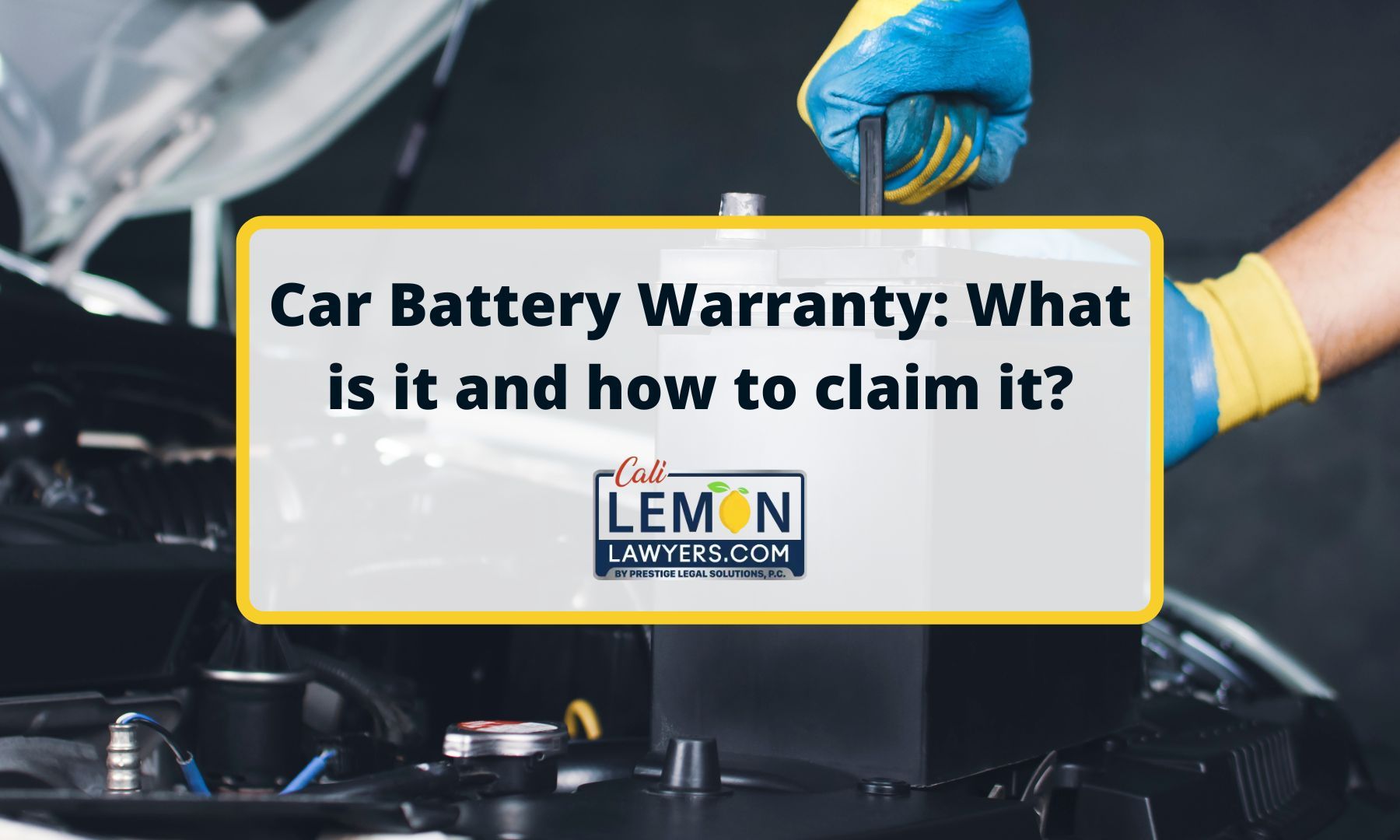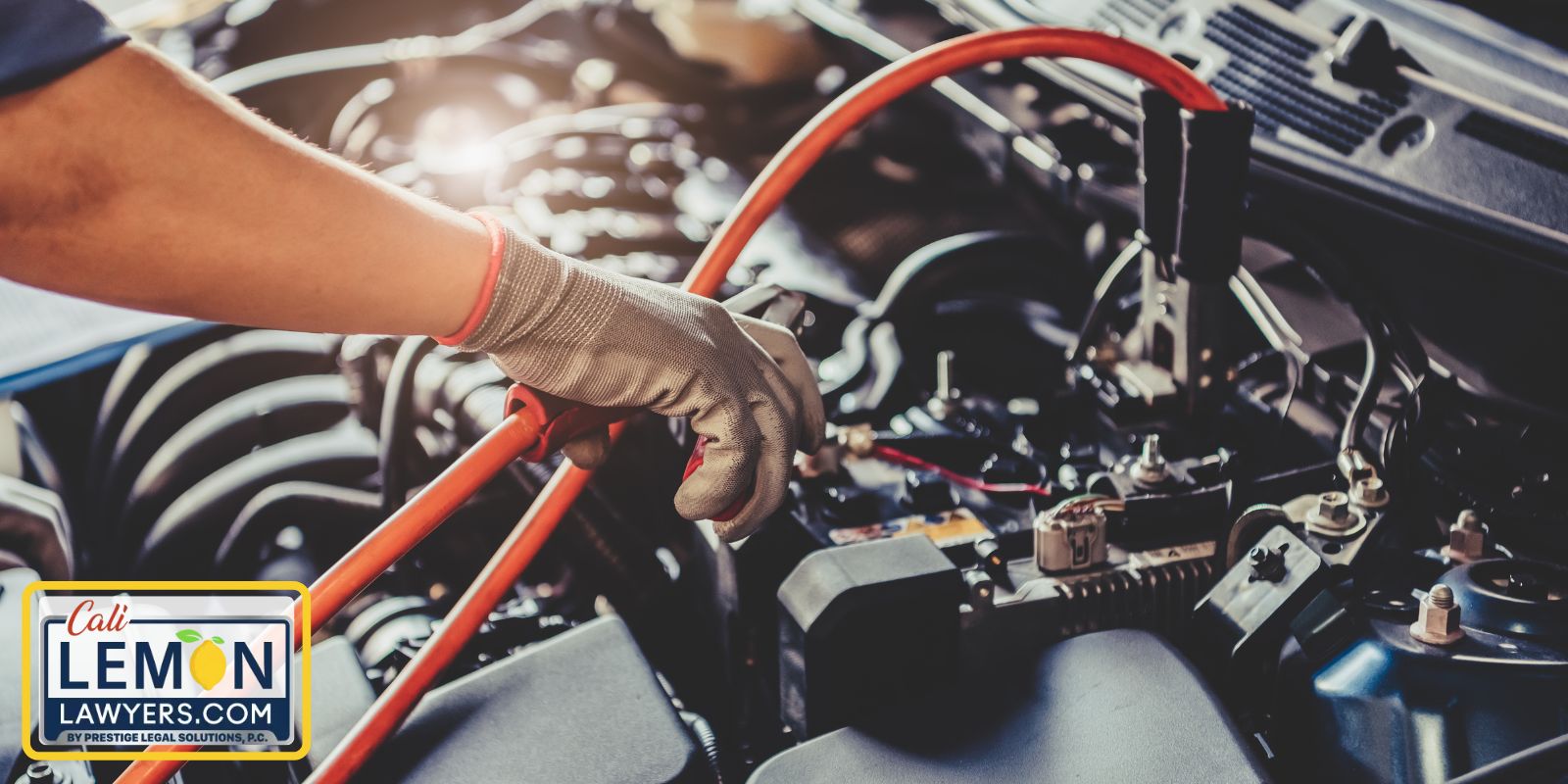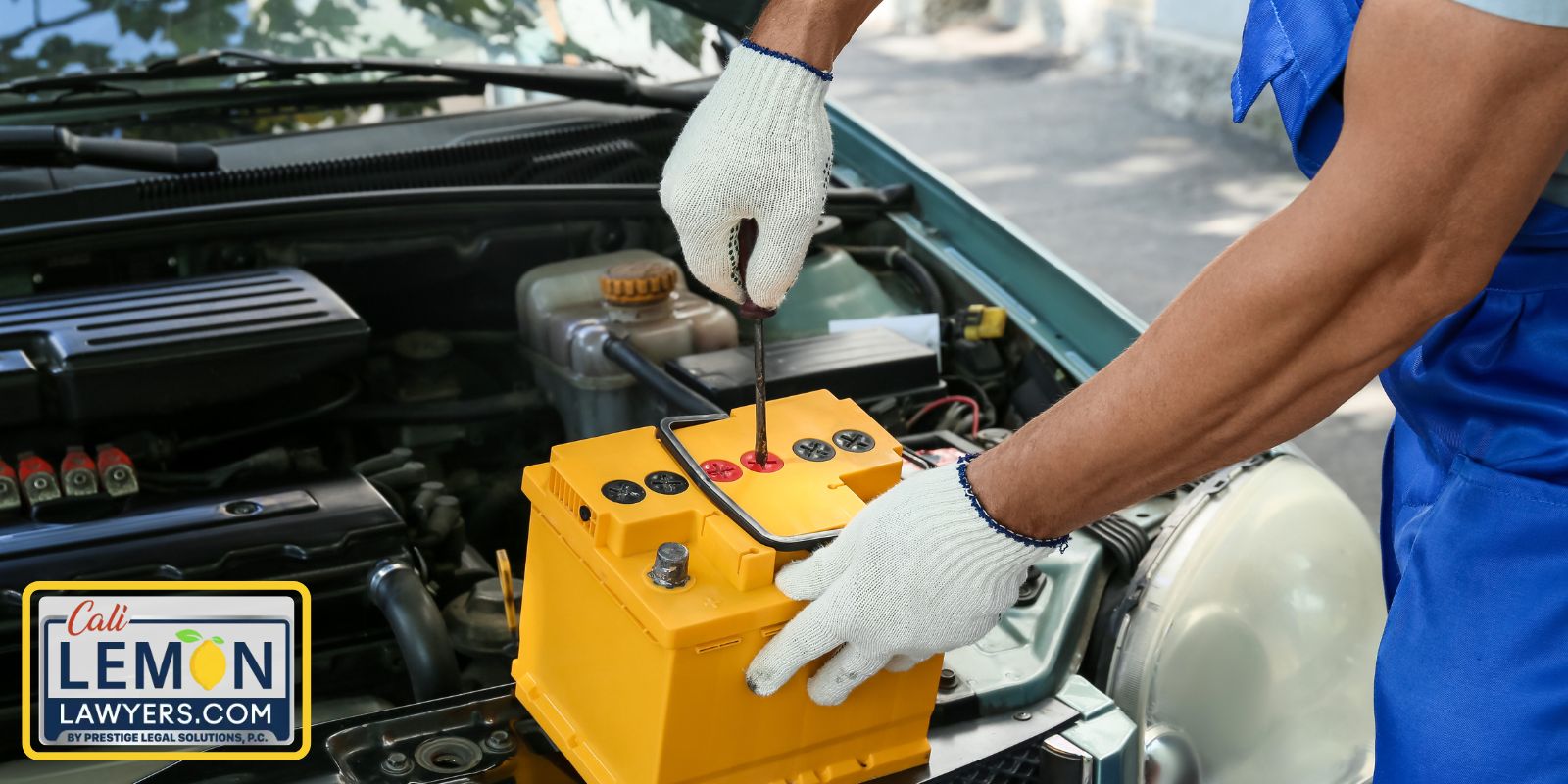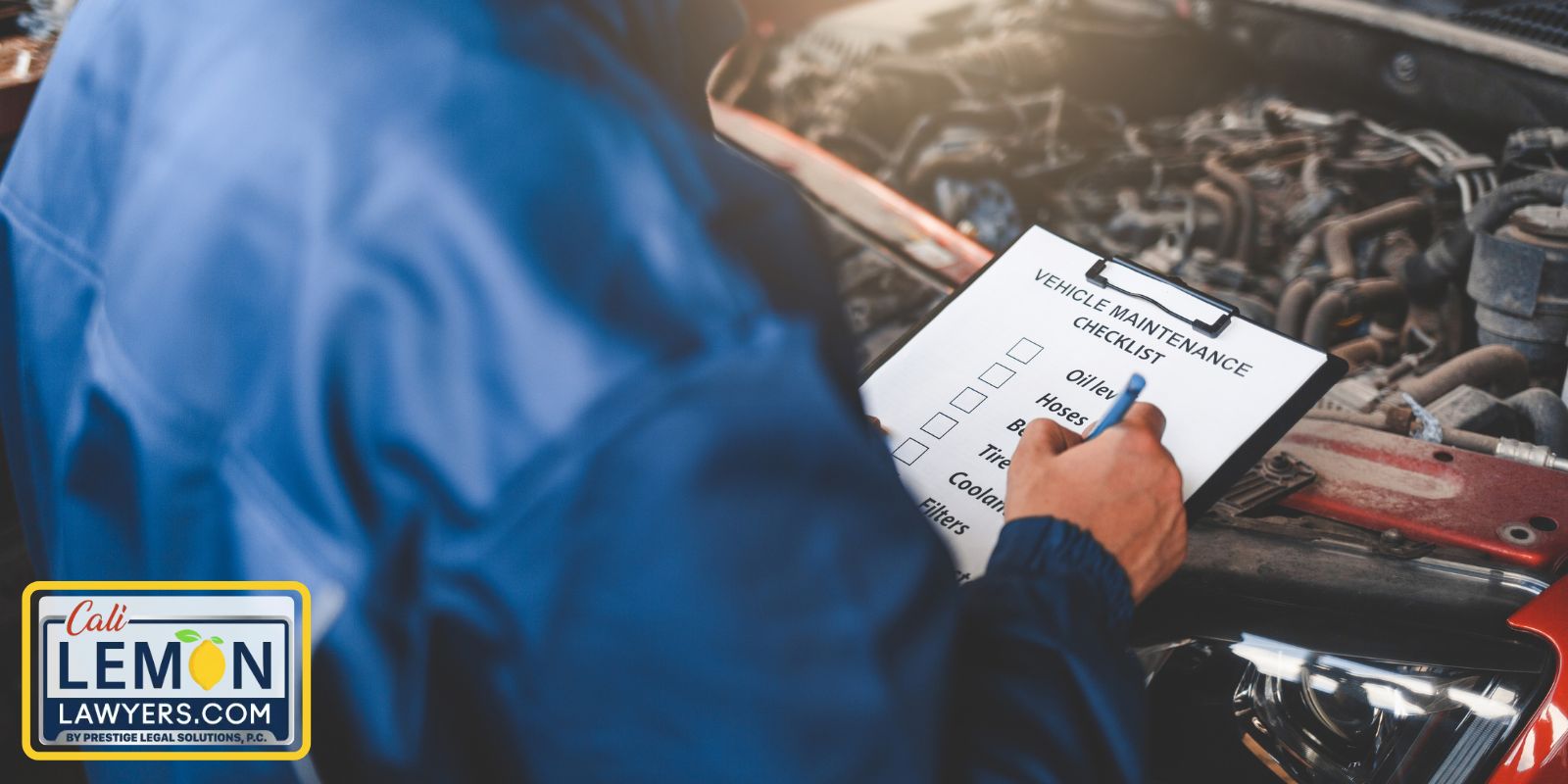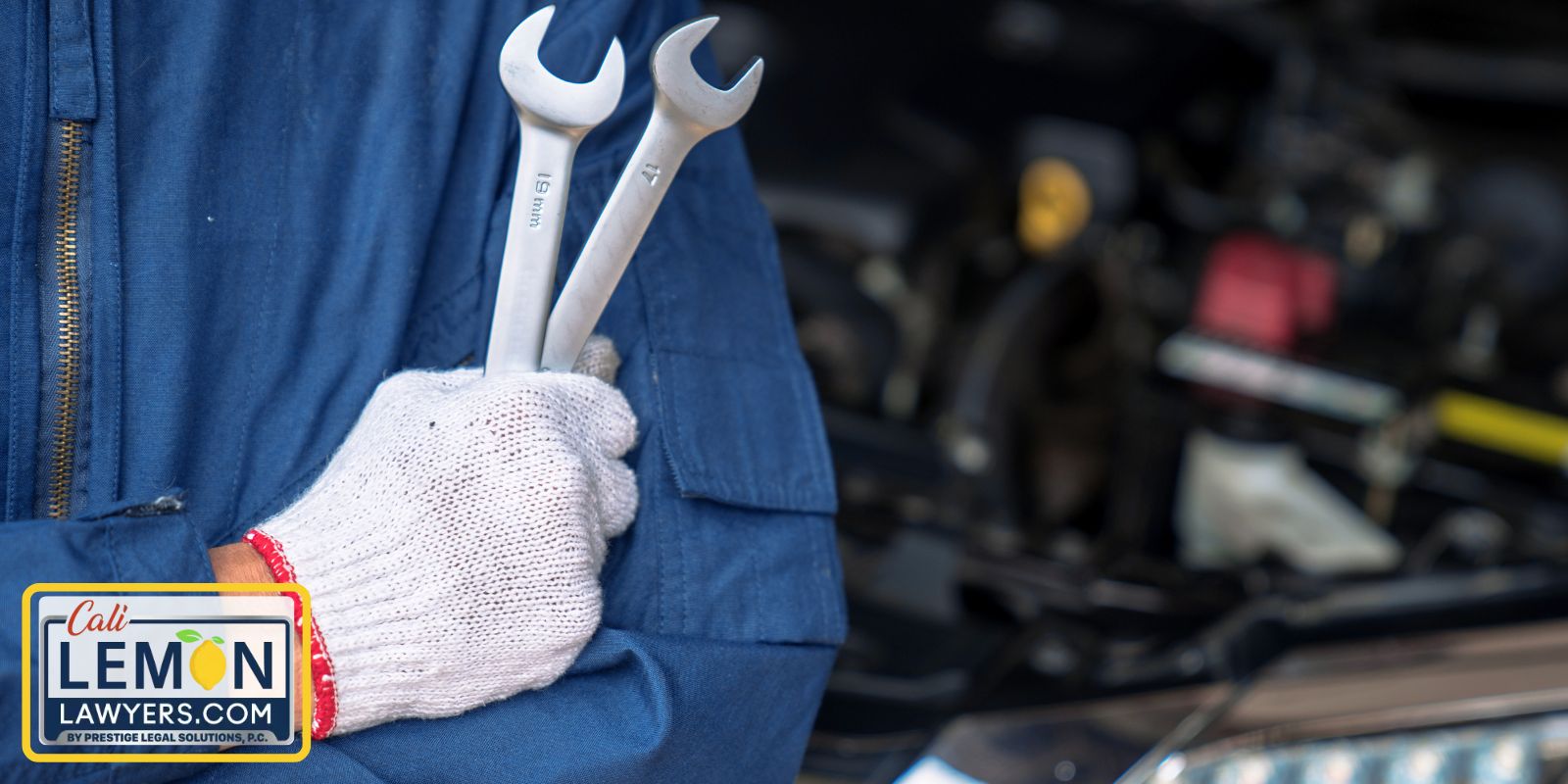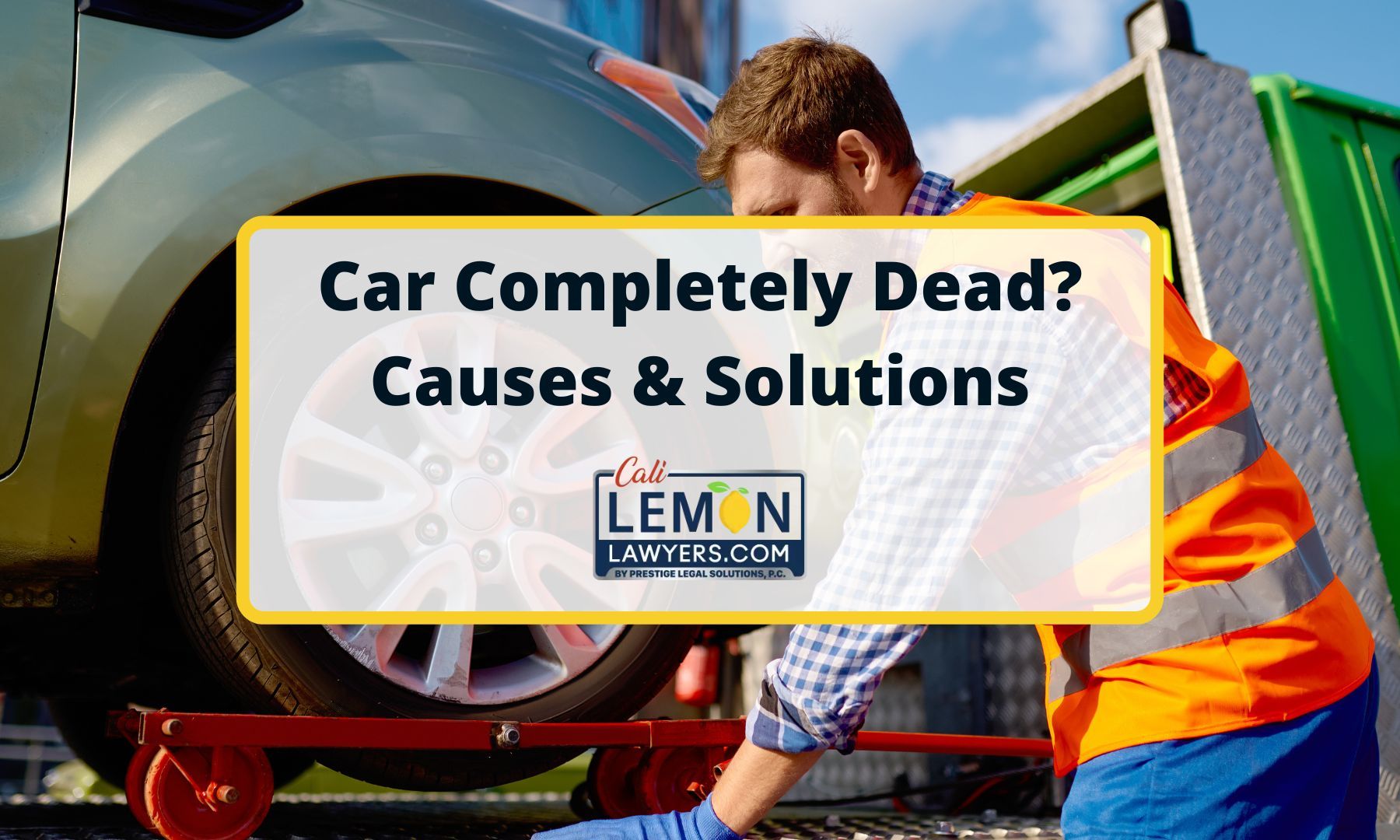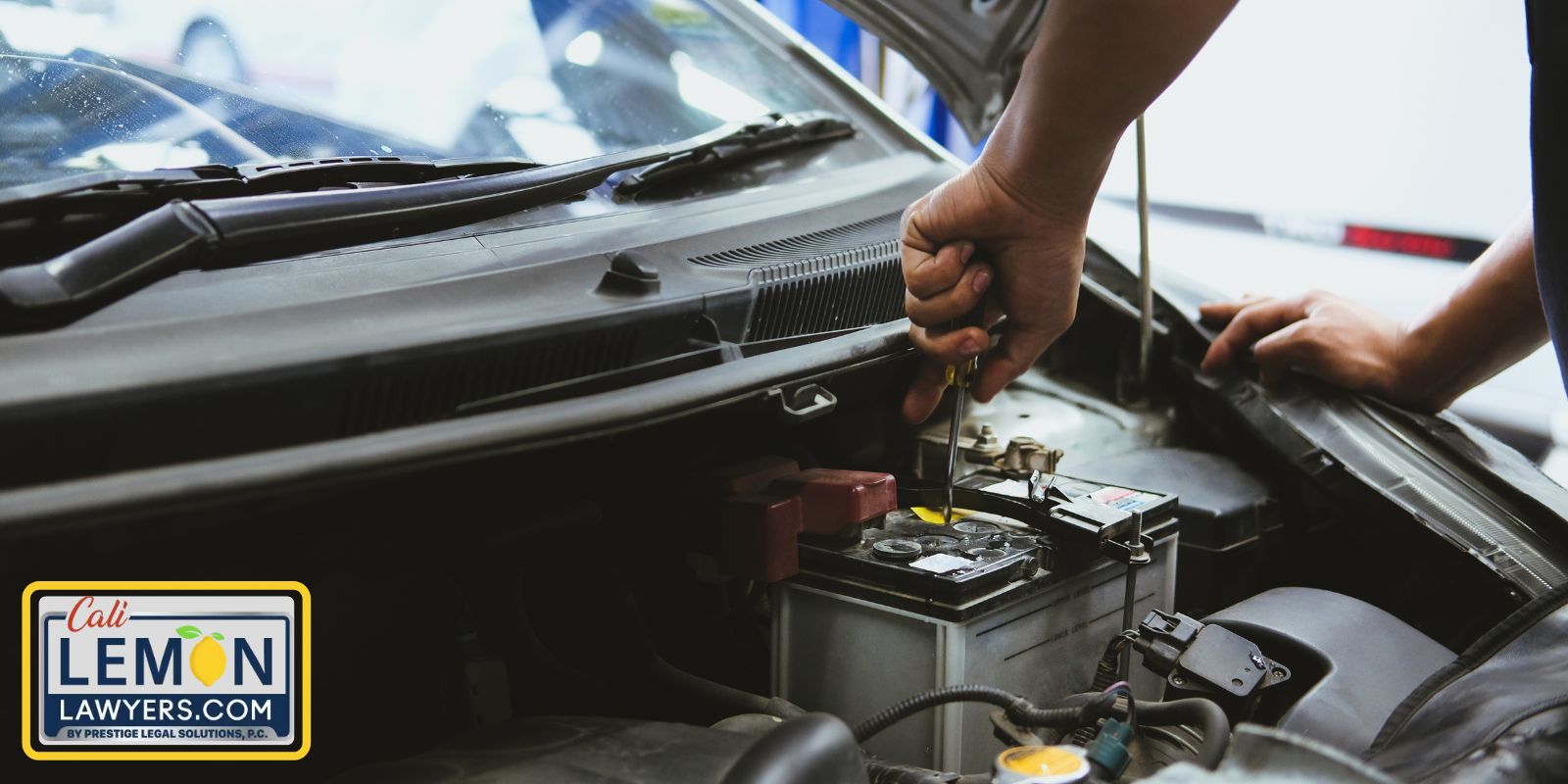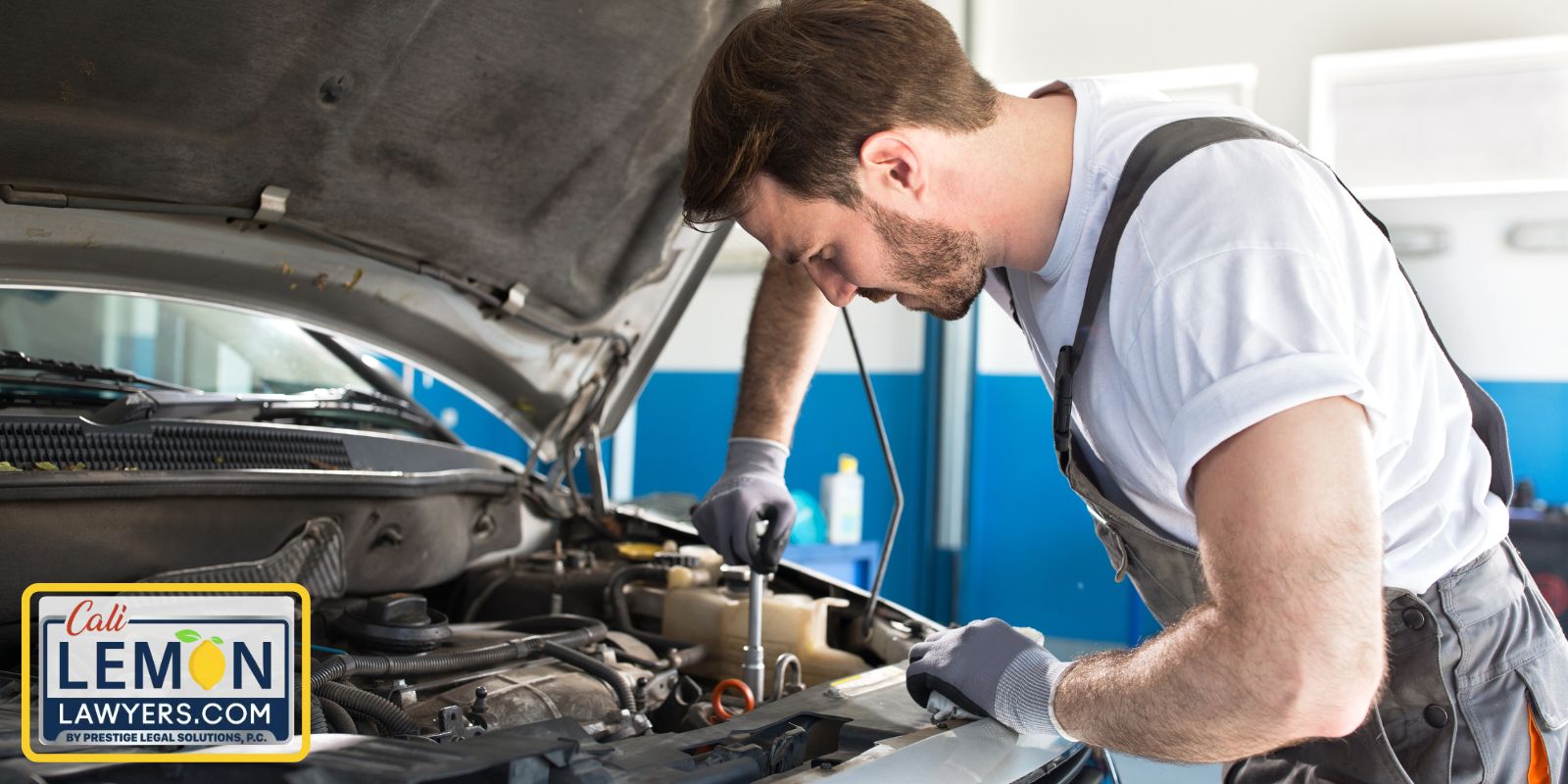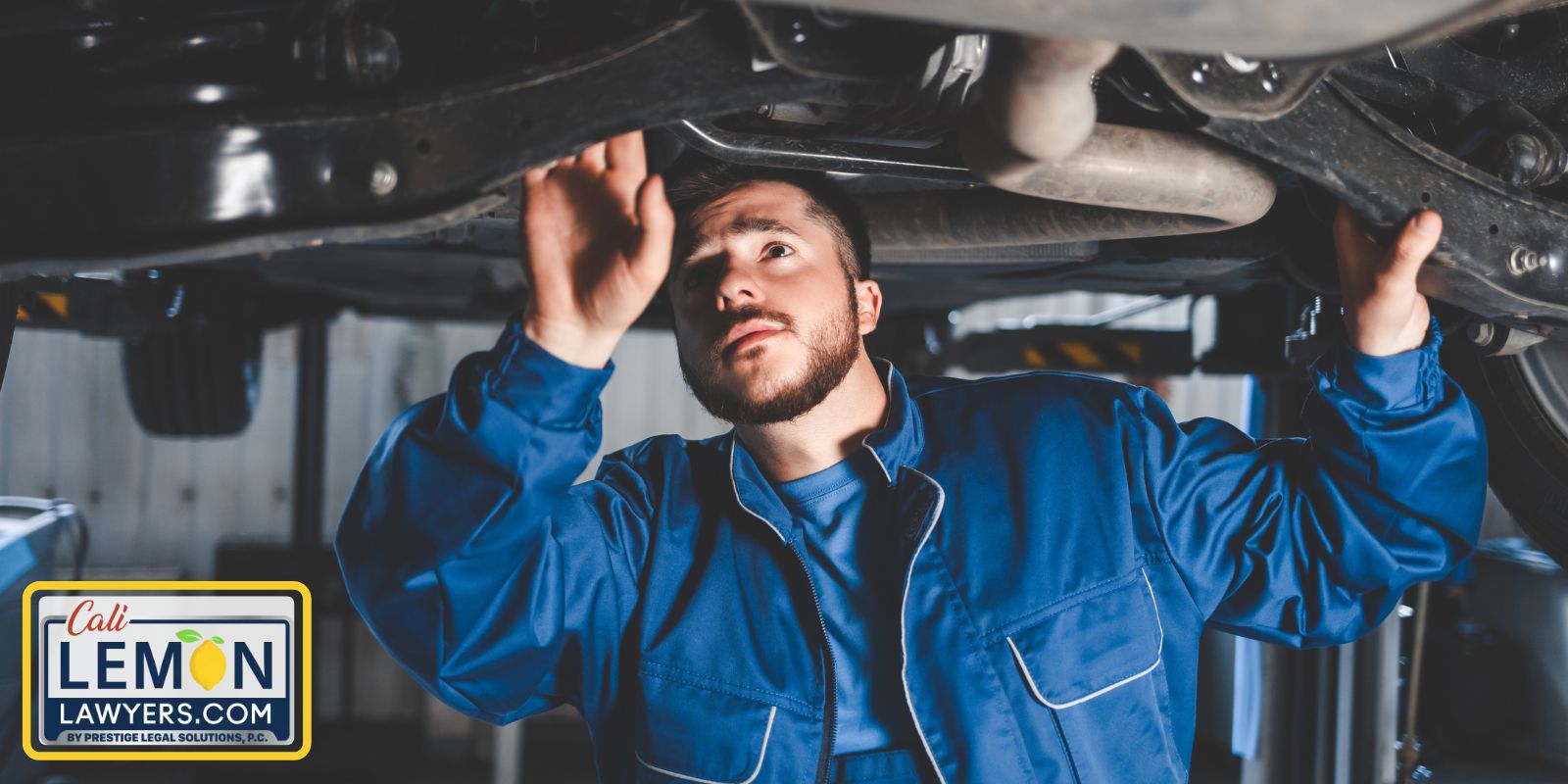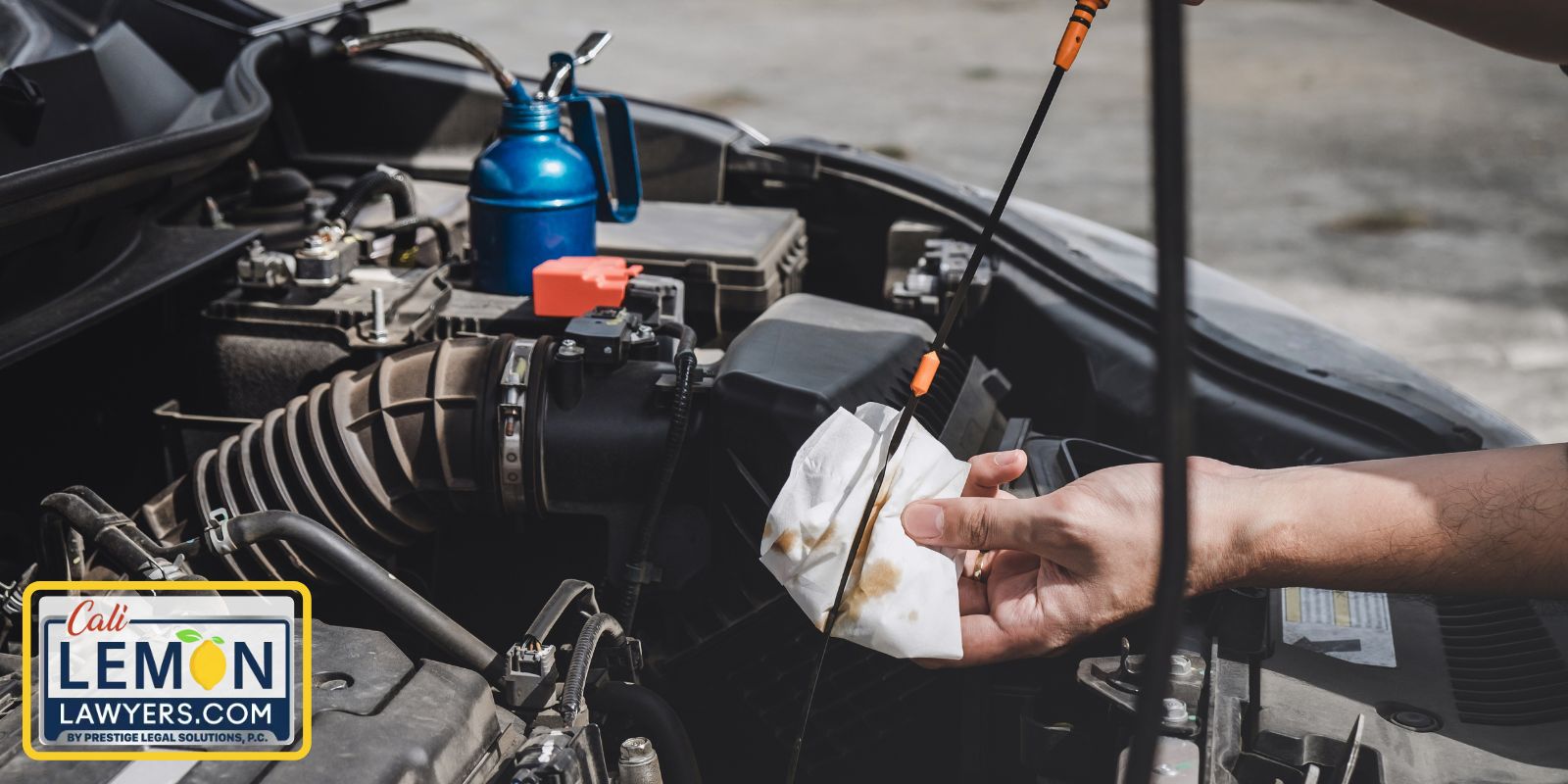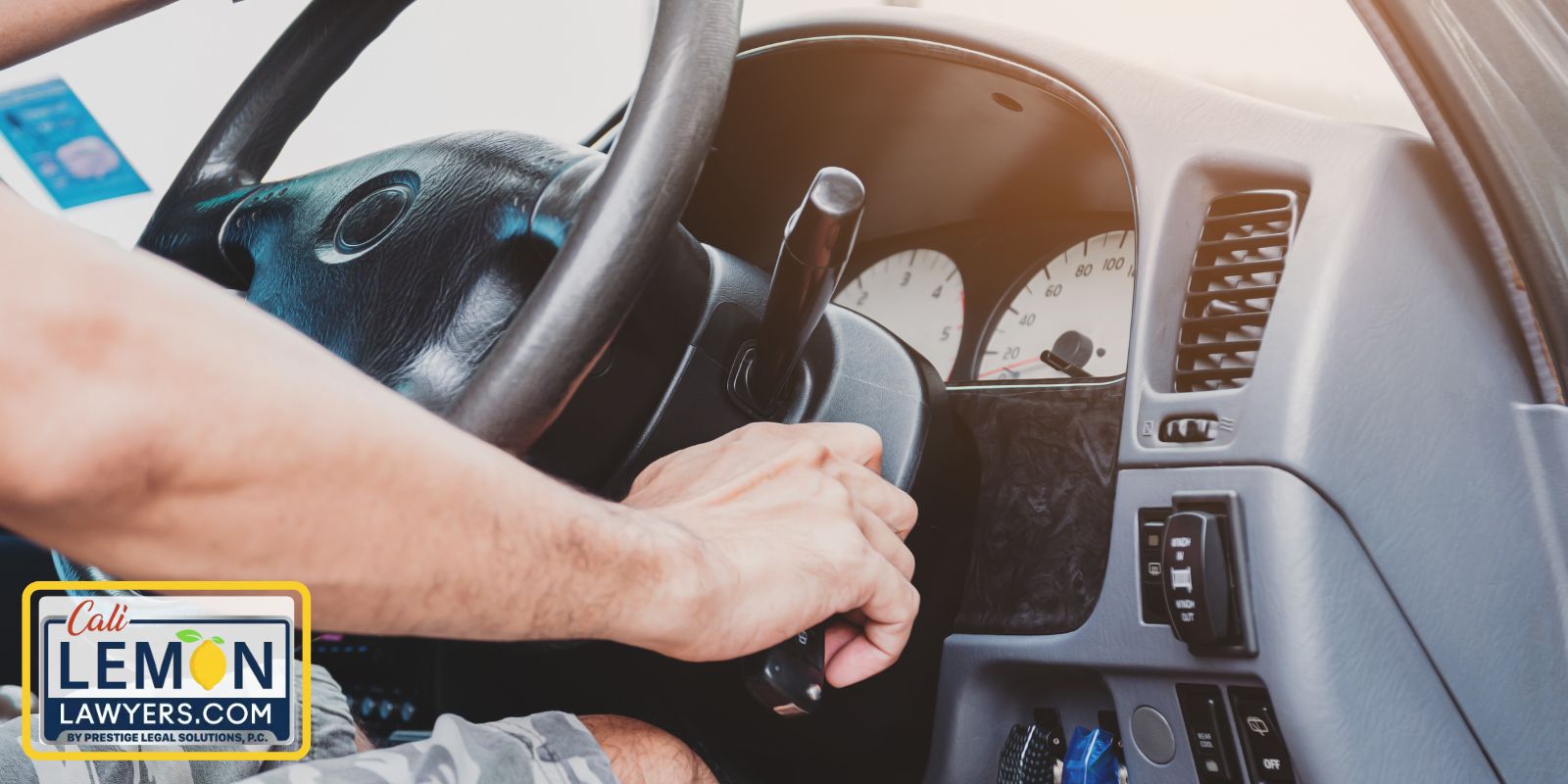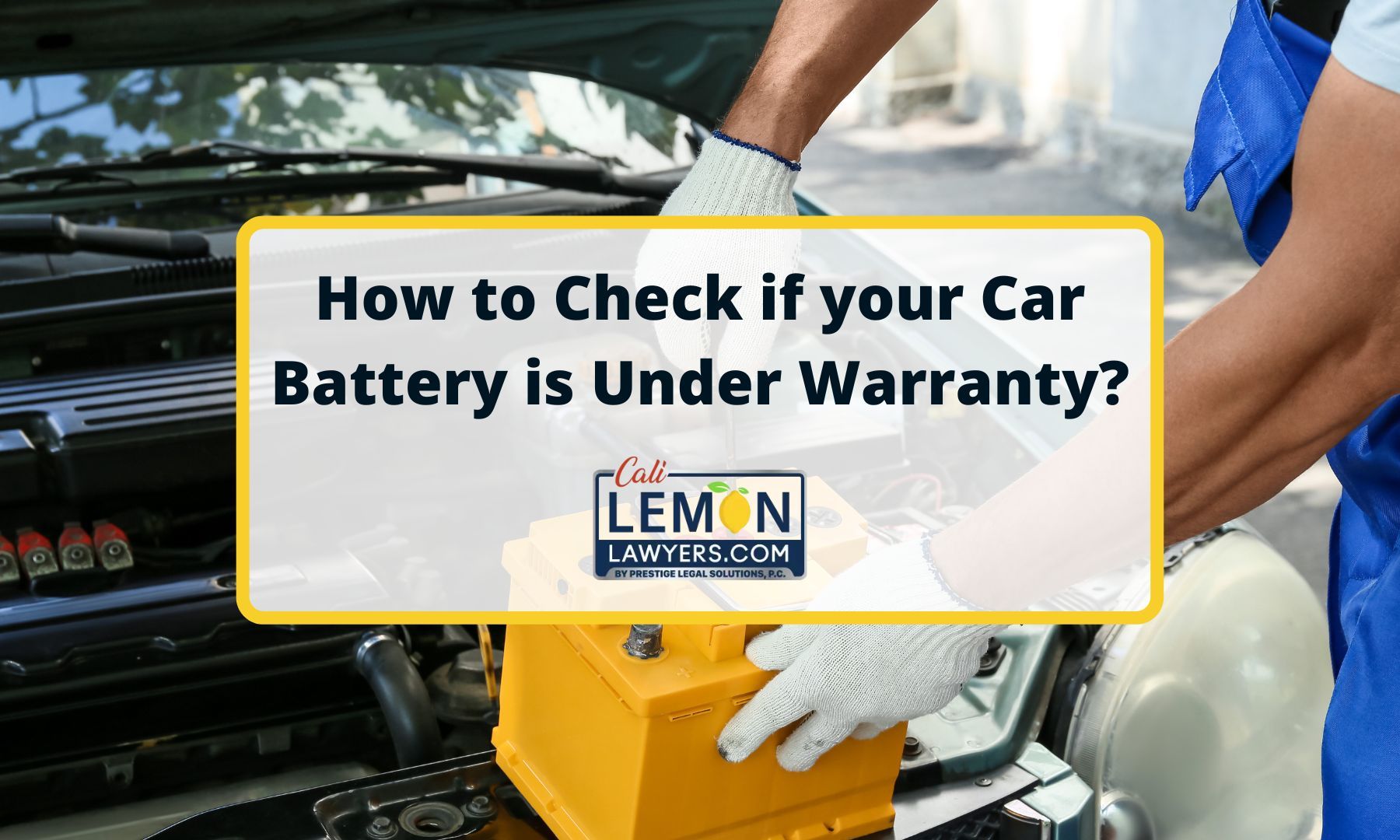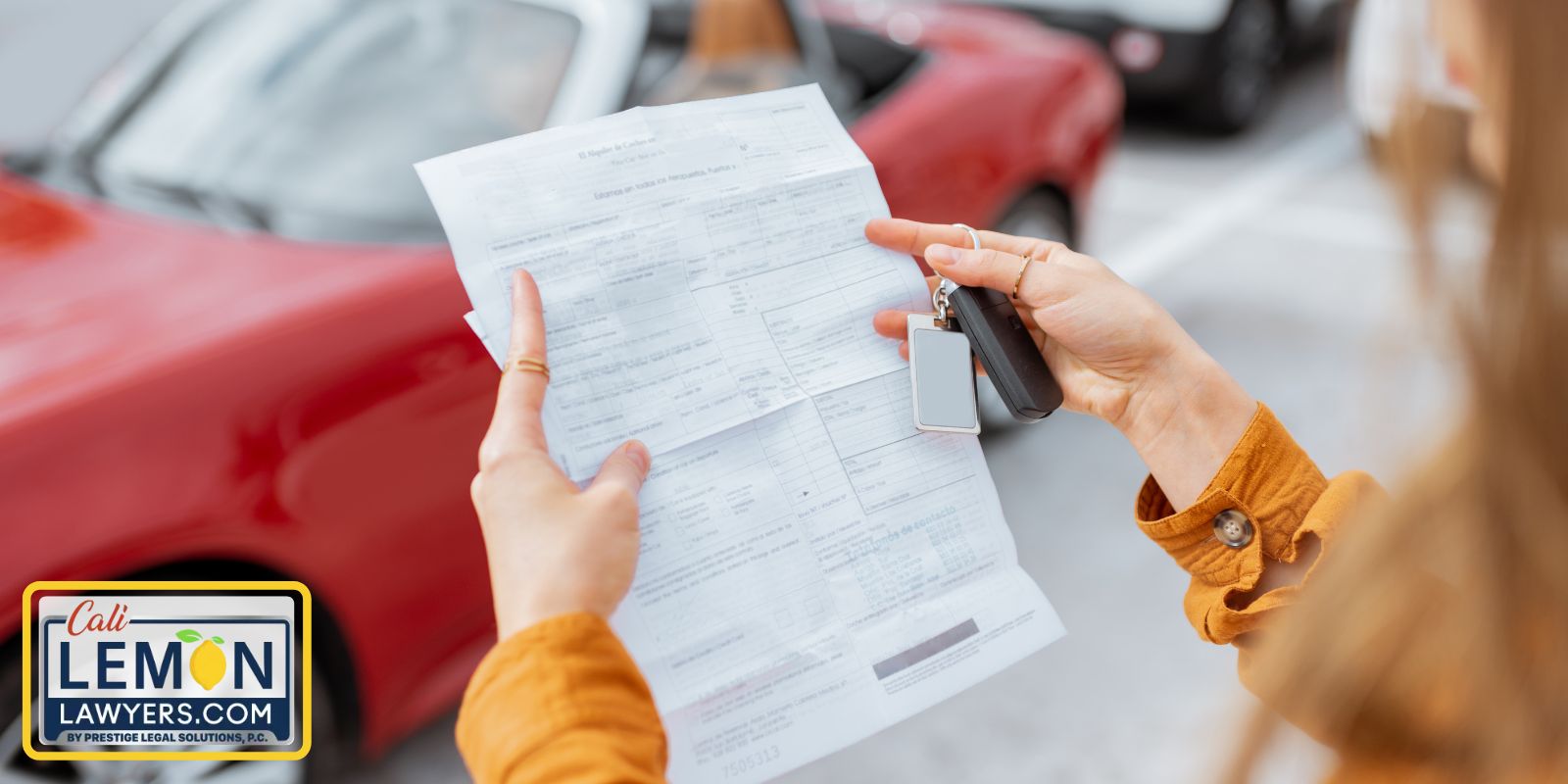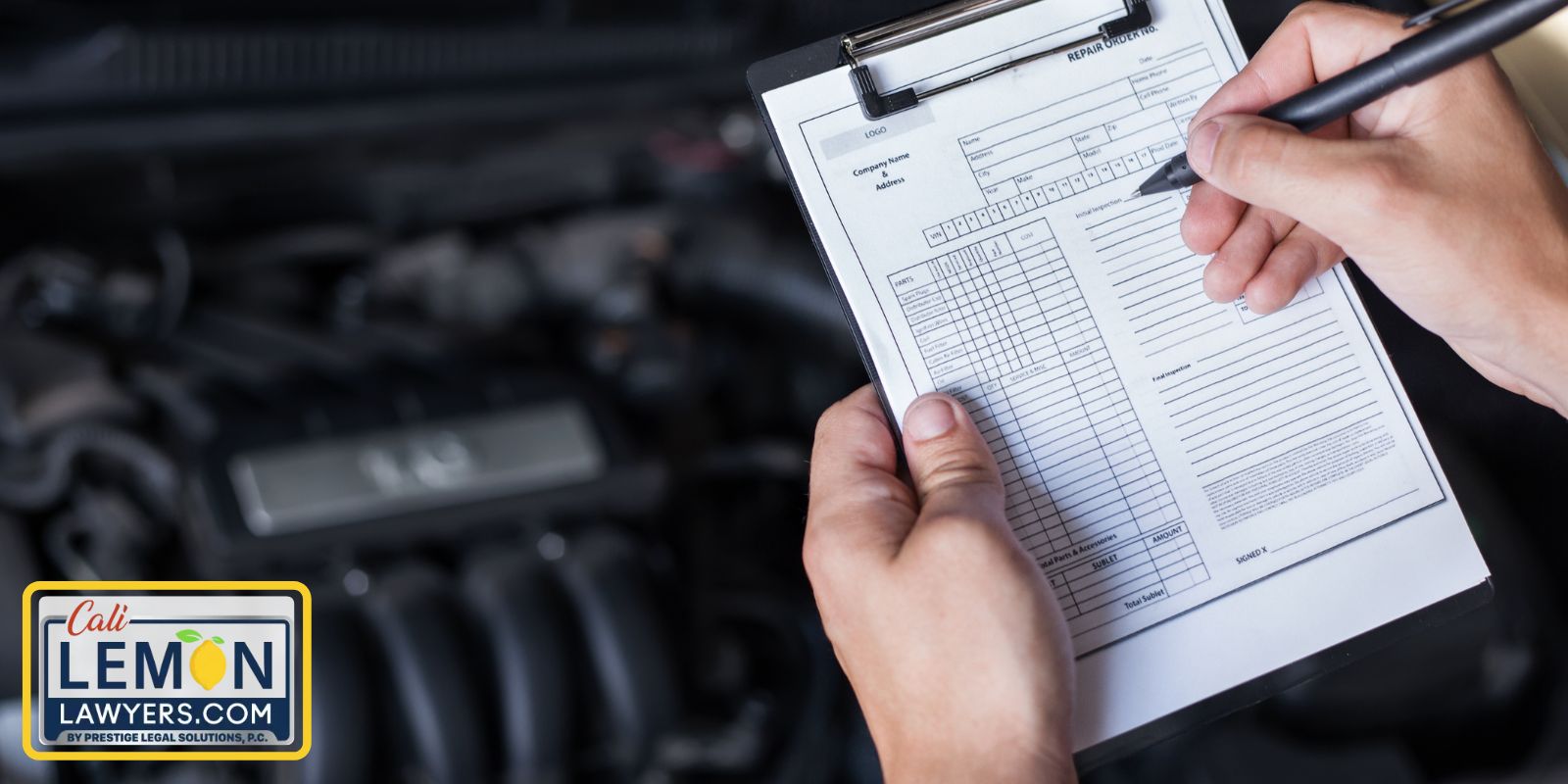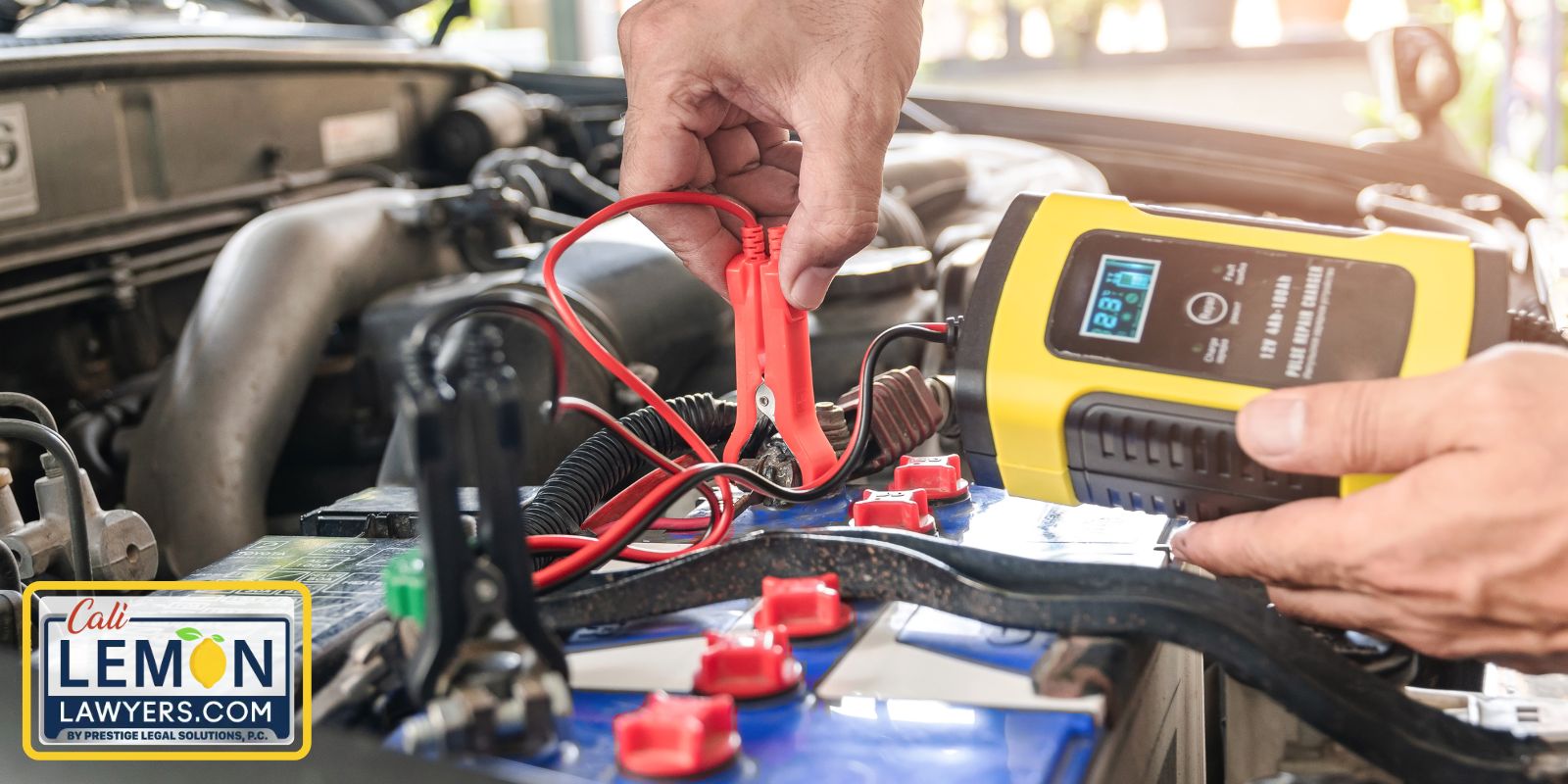Ford 10 Speed Transmission Lawsuit
The Ford 10-speed transmission, also known as the 10R80, is an interesting collaboration between General Motors and Ford, which made its debut in 2017. However, over time Ford has faced several class action lawsuits due to safety concerns associated with their 10-speed transmission.
The recent lawsuit was filed on July 11 by Joseph Vangel and Bryan Klontz in the U.S. District Court for the Southern District of Florida.
In this article, you will get a digest on the safety concerns and legal challenges associated with the Ford 10-speed transmission, its impact on vehicle owners, and Ford’s responses and potential consequences.
Some of the Ford models that feature this specific transmission include:
- Ford F 150
- Ford Expedition
- Ford Mustang
- Ford Lincoln Navigator
- Ford Expedition
- Ford Ranger
These models range from 2017 to 2019 including current year variations.
This is what you should do if your car is one of these models!
Research Settlements & Compensation in California, in the case your car is a lemon!
Find a reputable Lemon Law Group to help you, at Cali Lemon Lawyers we’re passionate about helping consumers navigate the complex world of lemon law and holding manufacturers accountable for the promises they make.
The California Lemon Law was created to protect people like you from the financial and safety risks associated with owning a lemon. If your car has recurring problems that affect its use, value, or safety, and the dealership or authorized repair shop can’t fix those problems within a reasonable number of attempts during the warranty period, you may be entitled to compensation.
A Quick Overview On The Ford 10-Speed Transmission Lawsuit Claims
Since Ford introduced the 10-speed transmission to the market, they have faced a few class action lawsuits. An example of one of these lawsuits is Orndorff, v. Ford. Victor M. Orndorff purchased a 2018 Ford F 150 Super Cab equipped with a 10R80 transmission. After driving the vehicle for 6,000 miles he started noticing a clanking” noise.
This was the beginning of the transmission problems he experienced.
The gears shifted roughly and took a long time to shift causing unsafe deceleration. When Orndorff reached out to the dealership for assistance they informed him that there was no solution for these transmission issues. They even claimed that every F150 pickup truck equipped with the Ford 10-speed transmission had problems with noise and gear shifting.
The class action lawsuits regarding the Ford 10-speed transmission have reported issues such as hard shifting, jerking, lunging, clunking sounds, unintended acceleration, transmission failure, loud noises, and sudden loss of power.
Learn More about the Ford Lemon Law Process!
Lawsuit Details
In a class action lawsuit filed on July 11 2023 Joseph Vangel and Bryan Klontz individually and on behalf of others similarly affected have brought a case against Ford. The lawsuit encompasses individuals in the United States who currently own or have owned a Ford vehicle equipped with the 10R80 10-speed transmission.
Vangel and Klontz are the plaintiffs in this lawsuit seeking over $5 million in damages from Ford. They allege that their Ford vehicles have transmissions that pose a ” risk of serious bodily harm and death.”
According to Vangel, his truck’s transmission exhibits gear skipping during upshifting and downshifting while making loud and distracting “clunking” noises. He also mentions experiencing a sensation of gear skipping while driving.
On the other hand, Klontz reports that when his Ford Ranger reached 27,000 miles its 10-speed transmission started shifting between gears. These shifts are characterized by a banging noise resulting in jolts during the shifting process. Despite their claims, neither of the plaintiffs had their vehicles inspected or diagnosed by Ford or any mechanic.
In one class action lawsuit, Ford responded by filing a motion to dismiss the O’Connor v. Ford Motor Company case related to the 10-speed transmission. This is the only class action lawsuit where Ford has taken this course of action. Ford has also made several efforts to address the concerns raised about the 10-speed transmission.
Lawsuit Consequences for Ford Vehicle Owners
Some of these impacts include:
Inconvenience and burden:
Owners of Ford vehicles equipped with the 10-speed transmission may face inconvenience and high repair costs even if their vehicles are covered by warranties.
Action: Owners should regularly check if their vehicle is still under warranty and approach authorized Ford dealerships for any required repairs, ensuring they are not charged unnecessarily.
Safety concerns:
Depending on the nature of the transmission issues safety becomes a worry. Sudden power loss, erratic shifting, or other related problems could compromise road safety potentially leading to accidents or hazardous situations.
Action: Owners should promptly report any transmission irregularities to Ford dealerships, avoid driving the vehicle if it exhibits unsafe behaviors, and consider getting an independent mechanic’s assessment.
Diminished resale value:
The negative publicity surrounding transmission problems has an effect on the resale value of Ford vehicles with the 10-speed transmission. Prospective buyers may hesitate to purchase these vehicles resulting in low resale prices.
Action: Owners looking to sell can be transparent about any repairs done and consider selling to specialty dealers or trading it in. Purchasing an extended warranty may also boost buyer confidence.
Reliability:
Owners might lose faith in the dependability of their Ford vehicles with the 10-speed transmission on. The lack of confidence can have an impact on how customers interact with Ford and their choices of vehicles.
Action: if you own a Ford Vehicle consider joining online forums or local groups of Ford vehicle owners to share experiences and gain insights. Staying informed about company recalls and updates can also help in making informed decisions about the vehicle’s reliability.
Recalls and Repairs:
Some vehicle owners may have to bring their cars in for recalls or repairs related to transmission problems. Although these actions are aimed at addressing safety concerns they can still be inconvenient for owners.
Action: Owners should routinely check Ford’s official website for any recall information related to their vehicle model and year. If a recall is announced, schedule a service appointment with an authorized dealer as soon as possible.
How Will This Lawsuit Affect Ford Motor Company?
Over the years lawsuits against Ford have had implications for the company. Some of these include:
Settlement Costs: If Ford loses the current lawsuit they may be required to compensate consumers. The settlement amount will vary depending on the case and the number of plaintiffs involved.
Legal Expenses: Putting up a defense against class action lawsuits or other legal actions can be expensive in terms of fees and associated costs.
Repairs: In response to safety or performance issues related to the transmission Ford has previously issued recalls and conducted repairs on affected vehicles. These actions can be quite tedious especially if a large number of vehicles are involved.
Negative publicity: Transmission problems can hurt consumer trust, which in turn affects the reputation and sales of Ford.
Insurance costs: While Ford may have insurance policies to mitigate some risks and premiums coverage. The insurance cost will still be influenced by the frequency and severity of lawsuits.
Ford’s Response
Ford has been working on resolving issues with the 10-speed transmission in vehicles. According to Ford, the shifting issues experienced by some drivers are caused by the ” adaptive transmission shift strategy.” This strategy is meant to improve shift quality by allowing the car’s computer to learn about the transmission parameters.
Despite repairs and reprogramming of the control module, some drivers have reported problems. Ford has also issued several technical service bulletins regarding issues with the 10-speed transmission and has implemented temporary solutions such as updated clips for the shift cable parts replacements for specific models and performing adaptive learning drive cycles.
Over time Ford has recalled more than 47,000 Ford models due to transmission issues and safety concerns. However, Ford has not made any statements or press releases addressing claims made in a class action lawsuit.
The Global Impact of the 10-Speed Transmission
The development of the Ford 10-speed transmission began in 2013 through a partnership between Ford Motor Company and General Motors. It was eventually introduced to the market in late 2017, as part of Ford’s F 150 Raptor model. This innovative transmission offers ten gears that provide control over power distribution to the wheels.
The creation of this versatile transmission aimed at delivering more advantages compared to other available transmissions.
Some of the few advantages of the Ford 10-speed transmission are:
Improved Performance and Engine Power: The transmission has minimized the gaps, between gear ratios allowing for enhanced performance and engine power.
Compact Design: Despite having a range from the 1st to the 10th gear the Ford 10-speed transmission maintains a similar size to its six and eight-speed counterparts ensuring compact packaging.
Enhanced Operation: Two separate hydraulic pumps operate the clutches of this transmission resulting in improved efficiency through temperature management and transmission pressure regulation.
Special Transmission Fluid: The Ford 10-speed transmission utilizes a special fluid called Mercon ULV, which reduces friction and prevents hydraulic pump overload. This fluid plays a role in maintaining temperature levels for improved efficiency.
Smooth Shifting Experience: This transmission enables seamless gear transitions during acceleration without any sense of interruption or jolts.
Both Ford and GI Motors have incorporated this transmission into their models since its introduction in the market.
Summary
To summarize although the Ford 10-speed transmission was a remarkable innovation it has faced class action lawsuits over time due to safety concerns. The recent lawsuit filed by Joseph Vangel and Bryan Klontz in the U.S. District Court for the Southern District of Florida is one example of legal action targeting Ford.
Ford has acknowledged these transmission problems for years and takes responsibility for ensuring customer safety. If you own a Ford vehicle equipped with a 10-speed transmission it is essential to stay informed about safety concerns and any recall notifications issued by the company.
In summary, although the Ford 10-speed transmission is an invention its reputation has been tarnished because of safety concerns. Ford should take the required steps to address these concerns and prioritize the safety of its customers.
If you encounter any issues with your transmission on your Ford vehicle, it’s recommended that you consult a lawyer.
At Cali Lemon Lawyers specialize in helping consumers with Lemon Law claims, so call us today to get payed, fast and easy!

